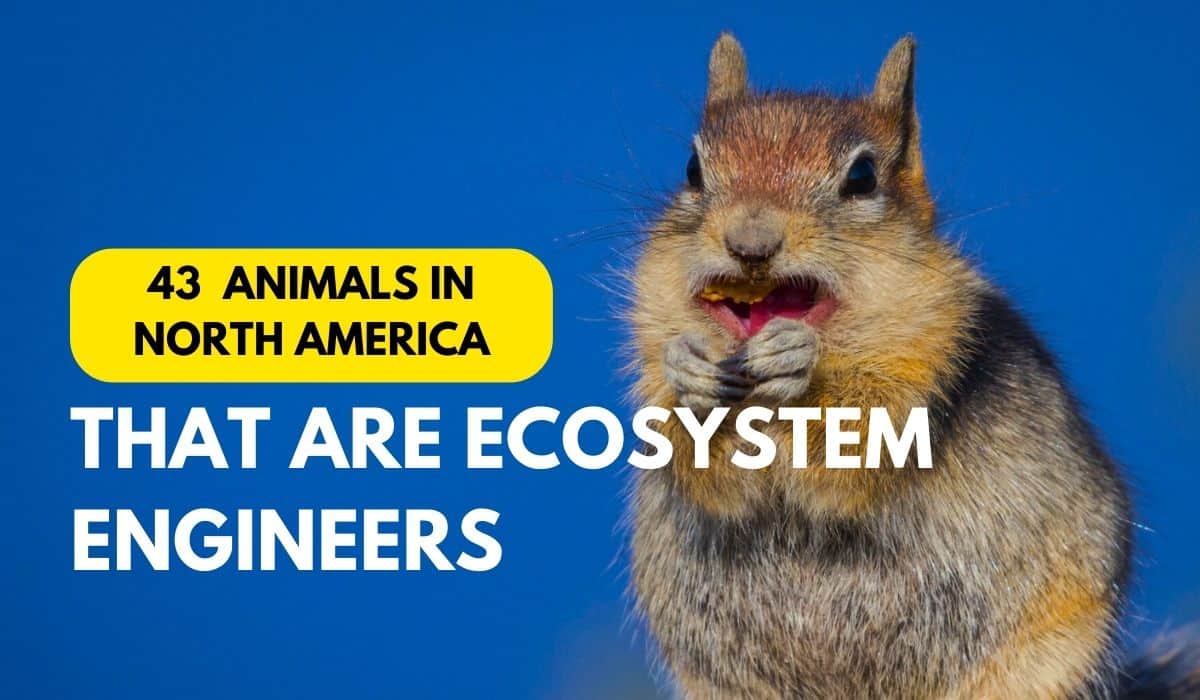North America is home to thousands of different species: big, small, hairy, slimey, fluffy, and stinky. They all work together in a complex and beautiful unison, but these 43 animals listed here have an especially significant impact and deserve the title as ecosystem engineers of North America.
Let’s get to know nature’s architects:
#1 Beaver (Castor canadensis)
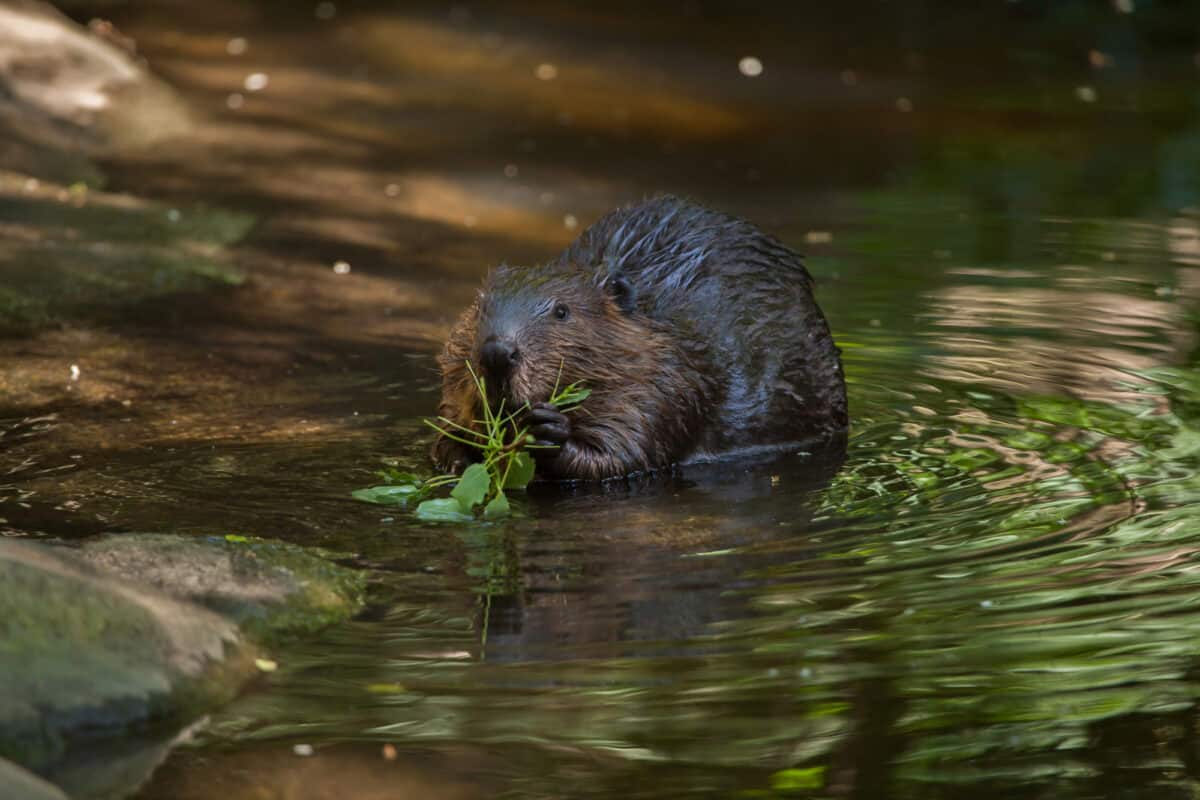
Beavers are renowned for their ability to build dams in rivers and streams, creating wetlands that serve as critical habitats for numerous species. These wetlands also act as natural filters that improve water quality and reduce flood risks.
#2 American Bison (Bison bison)
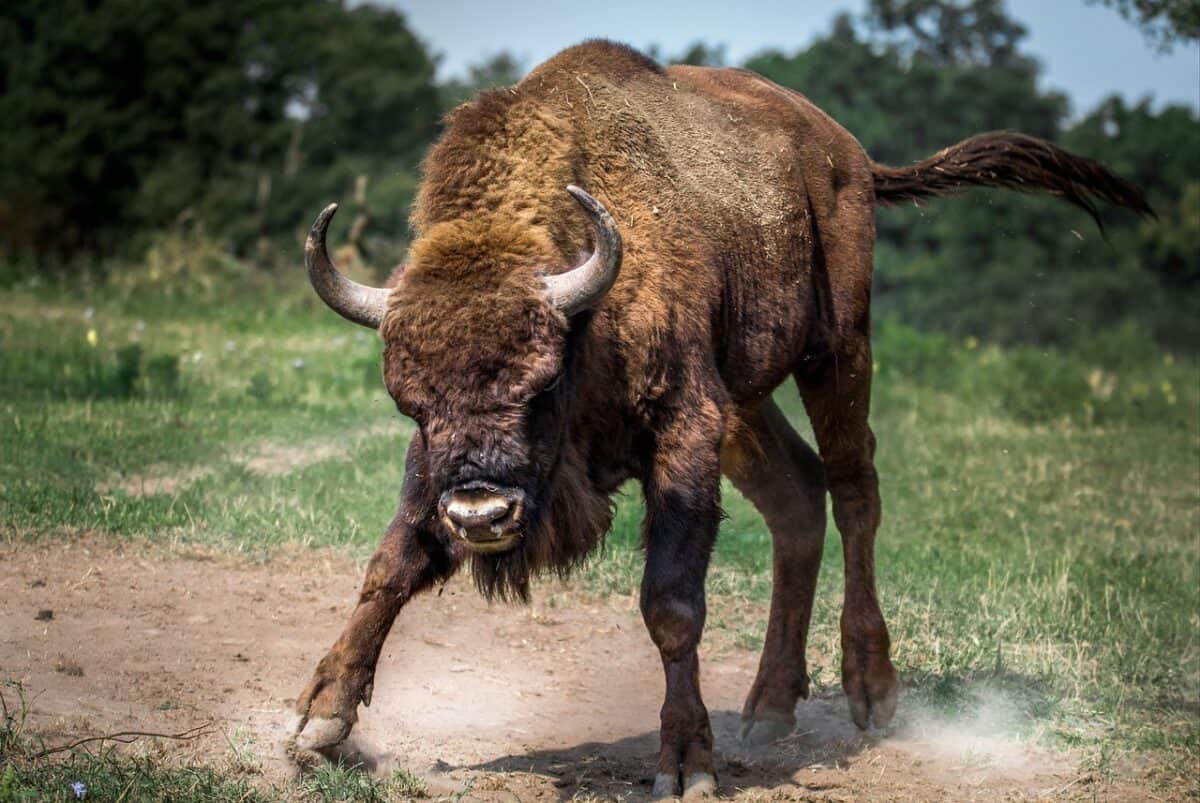
The grazing habits of American Bison play a crucial role in maintaining the health of grasslands, promoting plant diversity and soil health. Their movements help to aerate the soil and distribute seeds, fostering a dynamic ecosystem.
#3 Prairie Dog (Cynomys spp.)
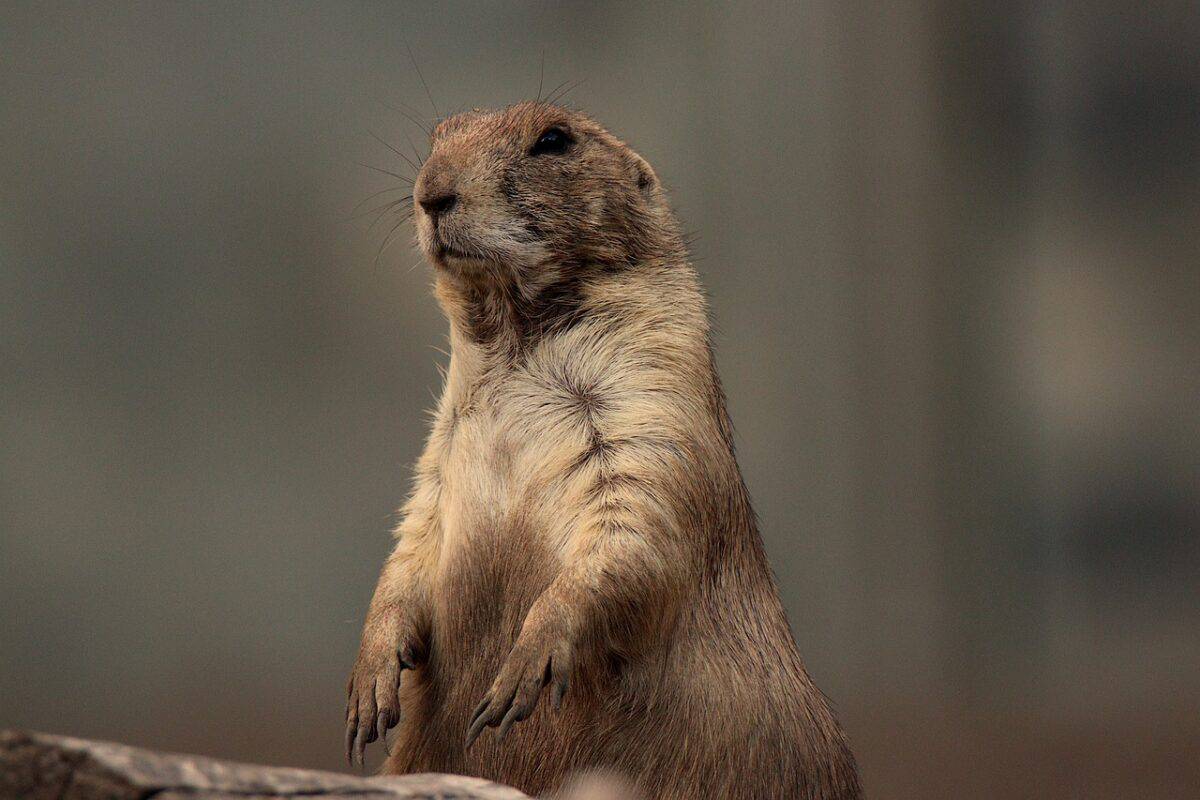
Prairie dogs significantly impact the grassland ecosystem by constructing extensive burrow systems that aerate the soil and increase water infiltration. This activity not only enhances plant growth but also provides habitats for numerous other species.
#4 Gopher Tortoise (Gopherus polyphemus)
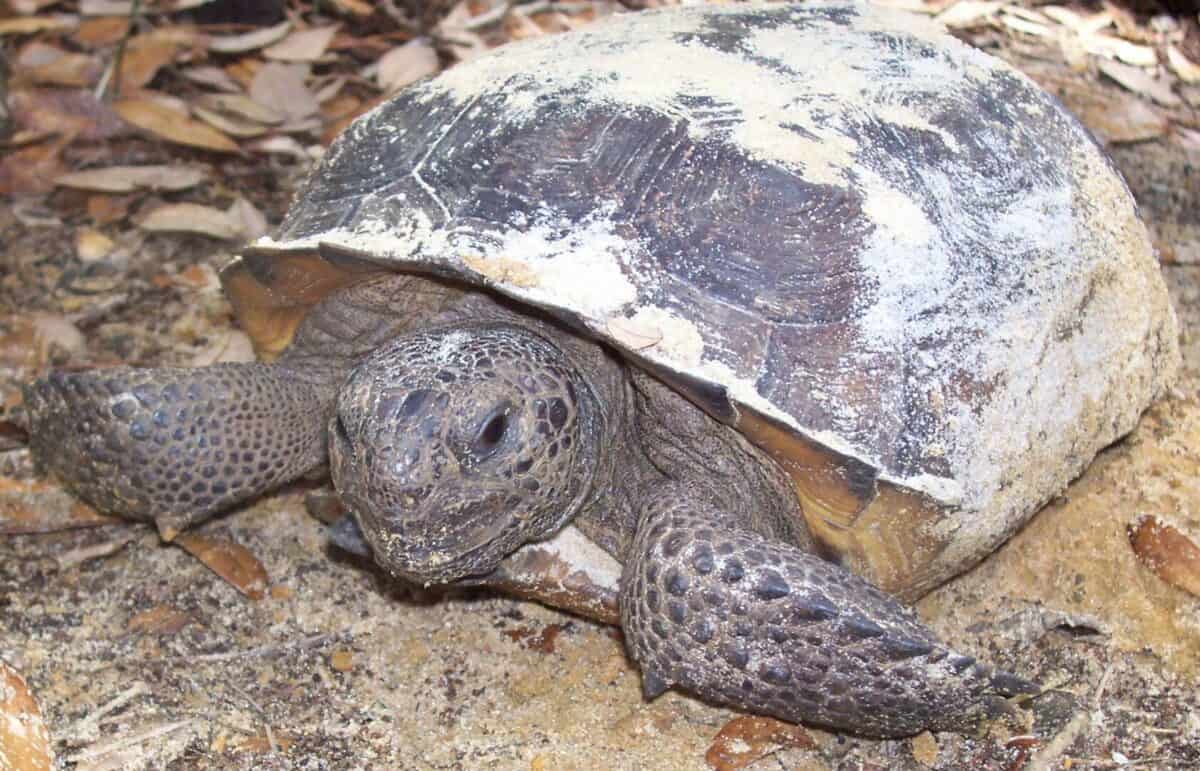
Gopher tortoises are vital to their ecosystem, creating burrows that offer refuge to over 360 other species in the sandy soils of the southeastern United States. Their digging activities also promote soil health, influencing the distribution of vegetation.
#5 Eastern Oyster (Crassostrea virginica)
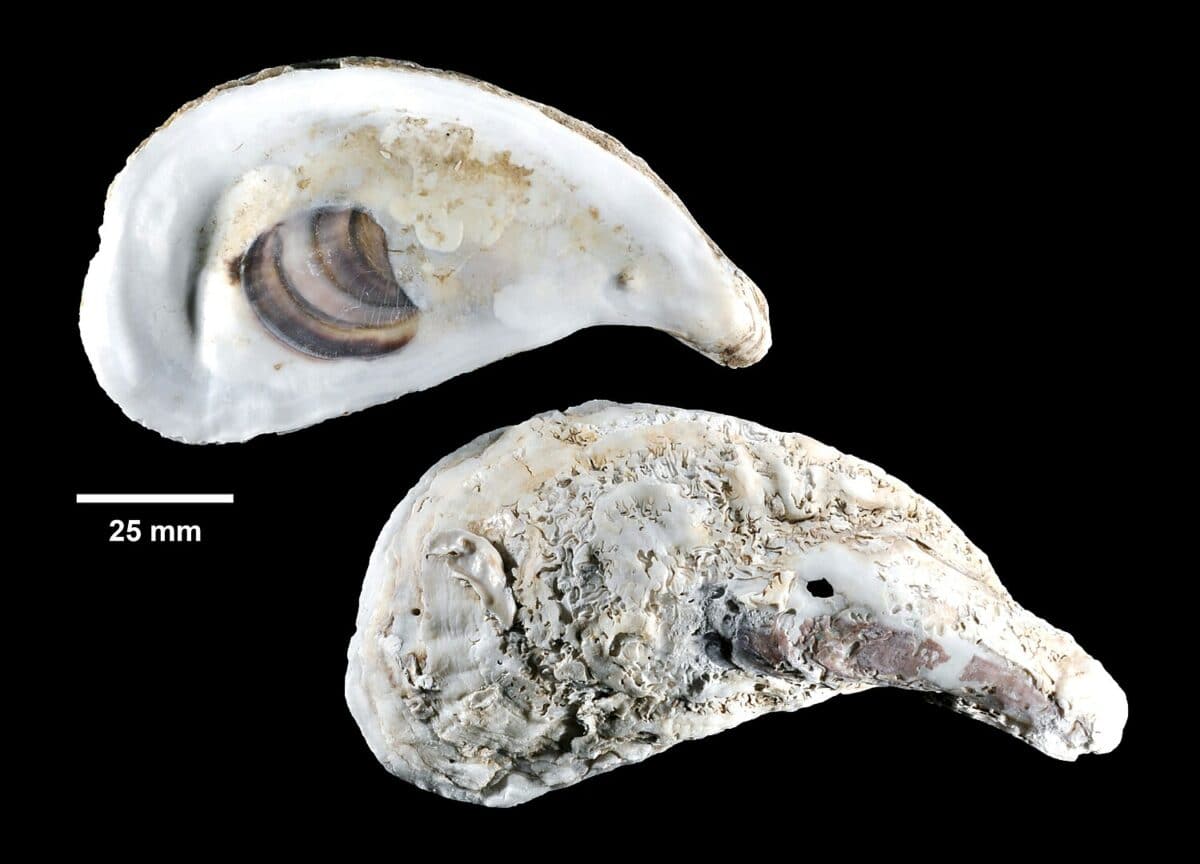
Eastern Oysters contribute to the health of marine ecosystems by forming reefs that provide habitat for a variety of marine life and filter pollutants from the water. These filtration activities significantly improve water quality and clarity, benefiting both marine and human communities.
#6 White-tailed Deer (Odocoileus virginianus)
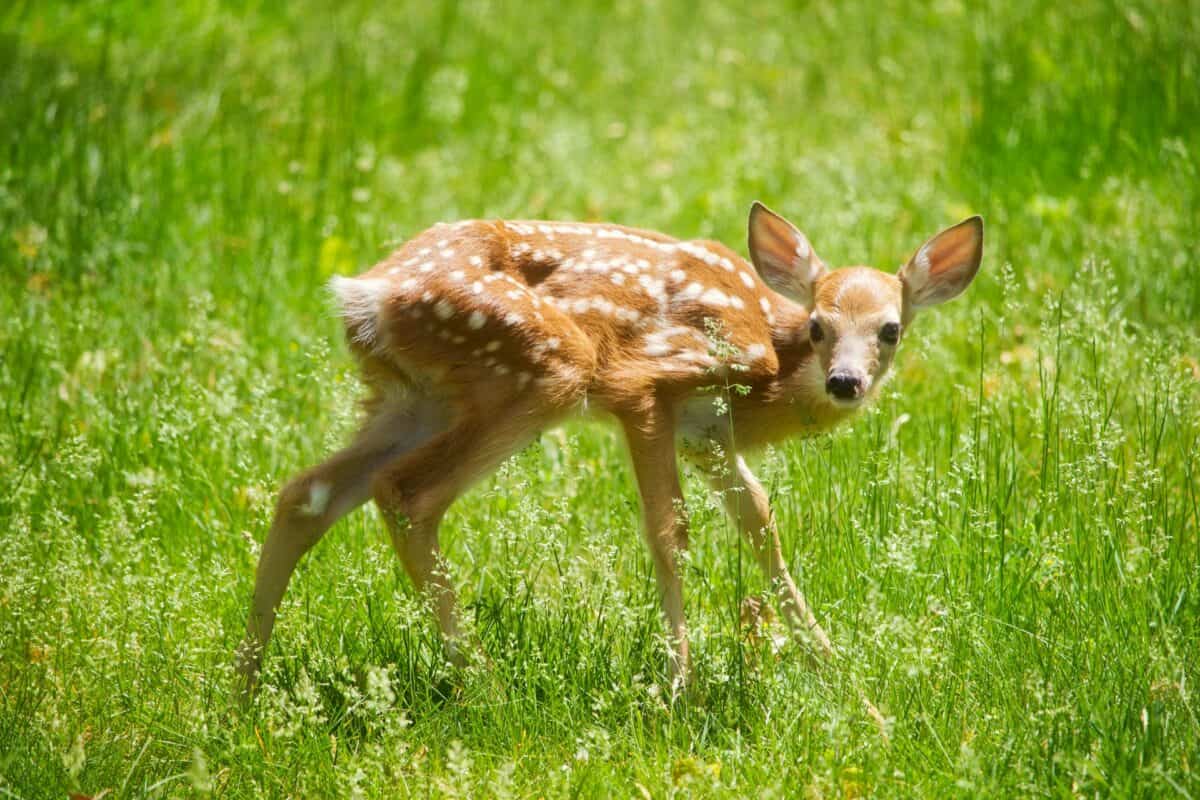
White-tailed deer influence forest ecosystems through their selective feeding habits, which can alter the composition and density of undergrowth and tree species. This selective browsing plays a critical role in shaping the structure of forests and the diversity of plant species.
#7 Pocket Gopher (Thomomys spp.)
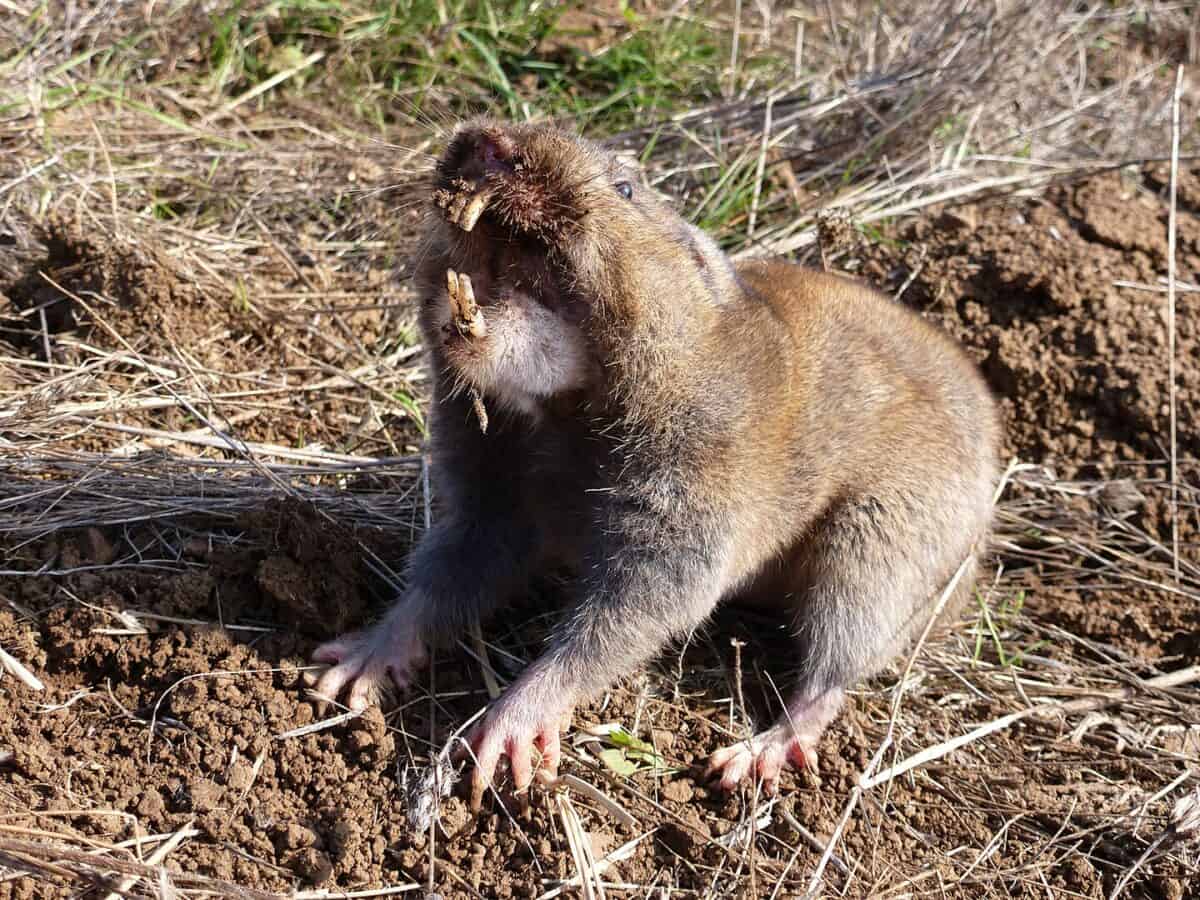
Pocket gophers are subterranean creatures that significantly influence soil health by their burrowing activities, which mix soil layers and promote nutrient cycling and aeration. Their tunnels also facilitate the deep penetration of water, enhancing plant growth and soil structure.
#8 Sea Otter (Enhydra lutris)
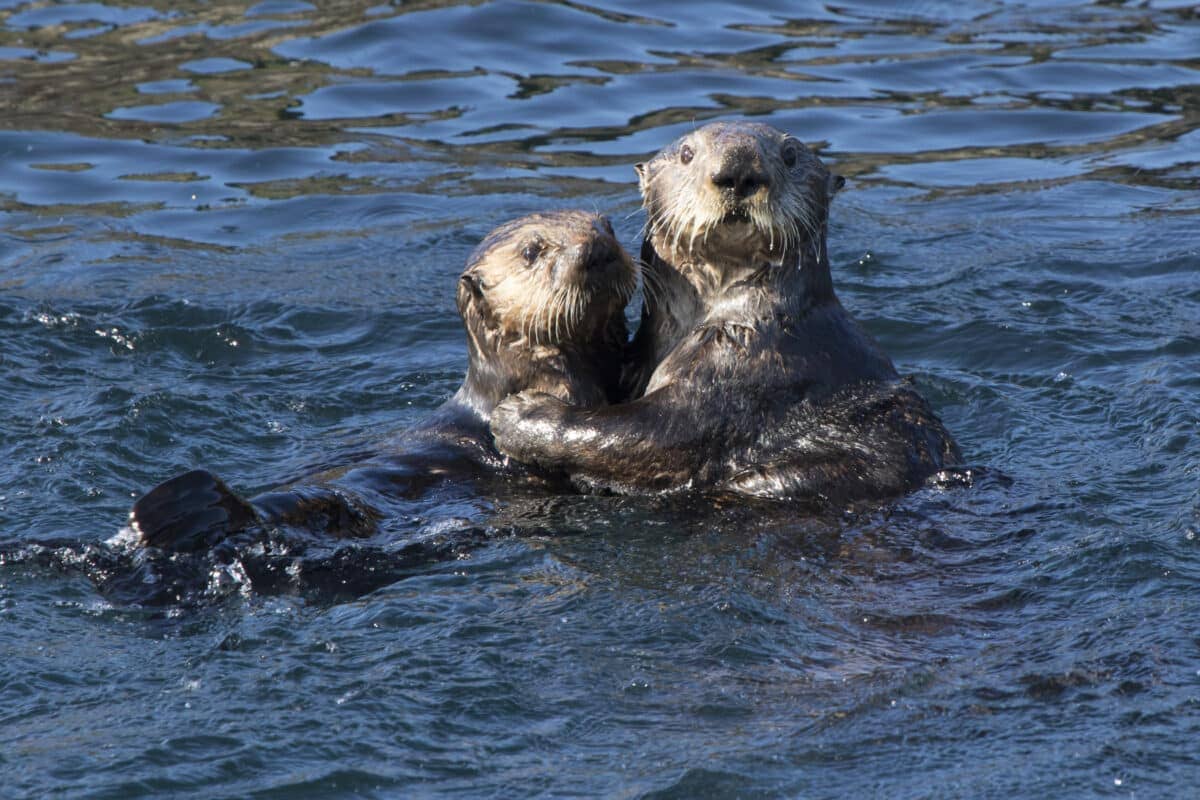
Sea otters play a crucial role in maintaining the balance of kelp forest ecosystems by preying on sea urchins, which in excess can decimate kelp forests. This predation helps preserve the biodiversity and productivity of these marine habitats.
#9 American Alligator (Alligator mississippiensis)
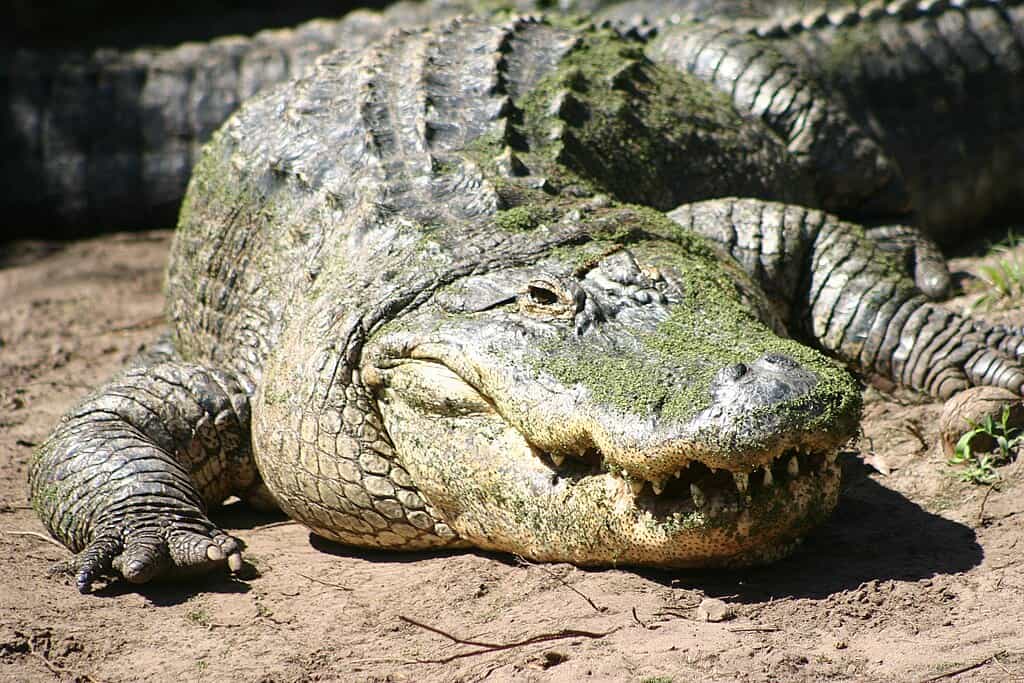
American alligators are ecosystem engineers in wetland environments, where their creation of ‘gator holes’ provides critical water sources for a variety of wildlife during dry periods. These water holes also support diverse aquatic ecosystems, contributing to the overall biodiversity of wetlands.
#10 Mountain Beaver (Aplodontia rufa)
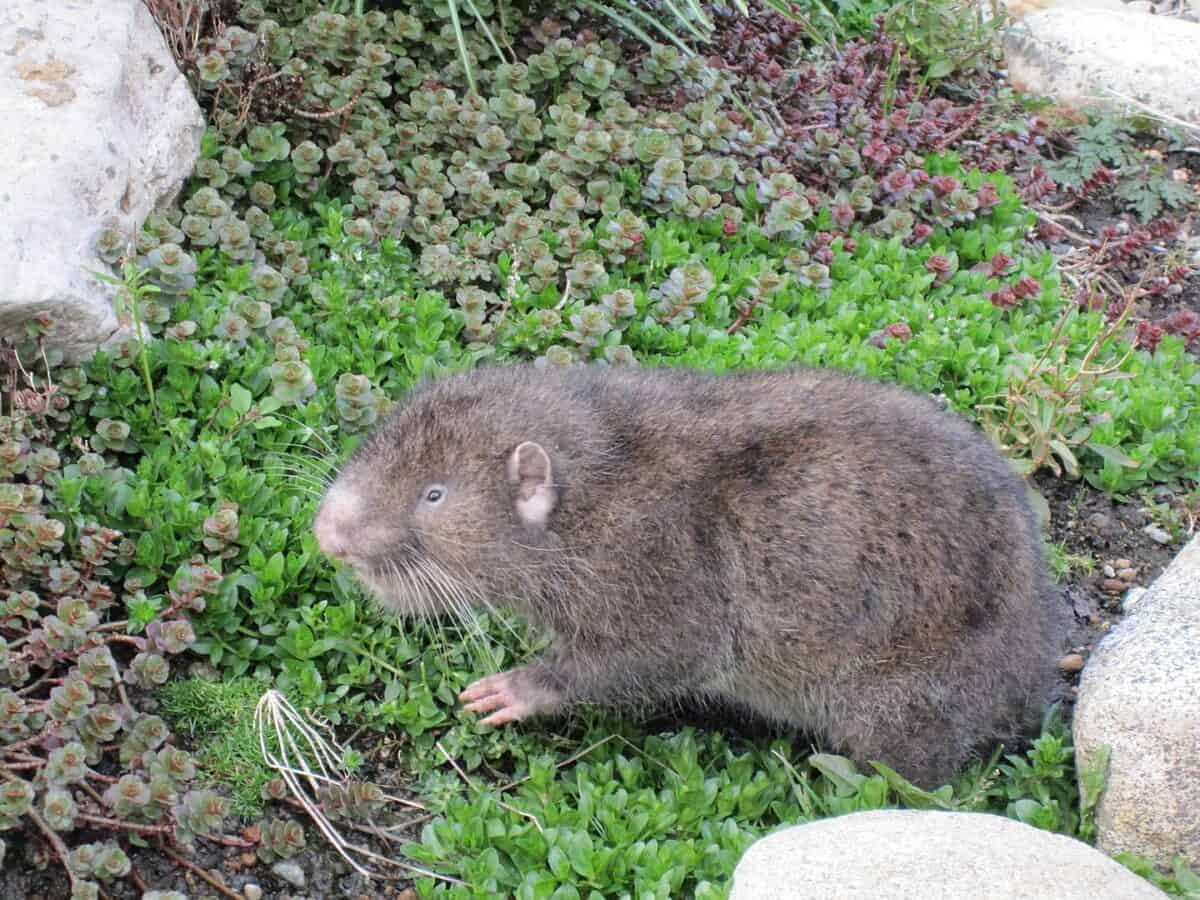
Despite its name, the mountain beaver is not a true beaver but is known for its burrowing habits that significantly impact soil and vegetation in the Pacific Northwest forests. These activities promote soil turnover and nutrient cycling, crucial for forest health.
#11 Burrowing Owl (Athene cunicularia)
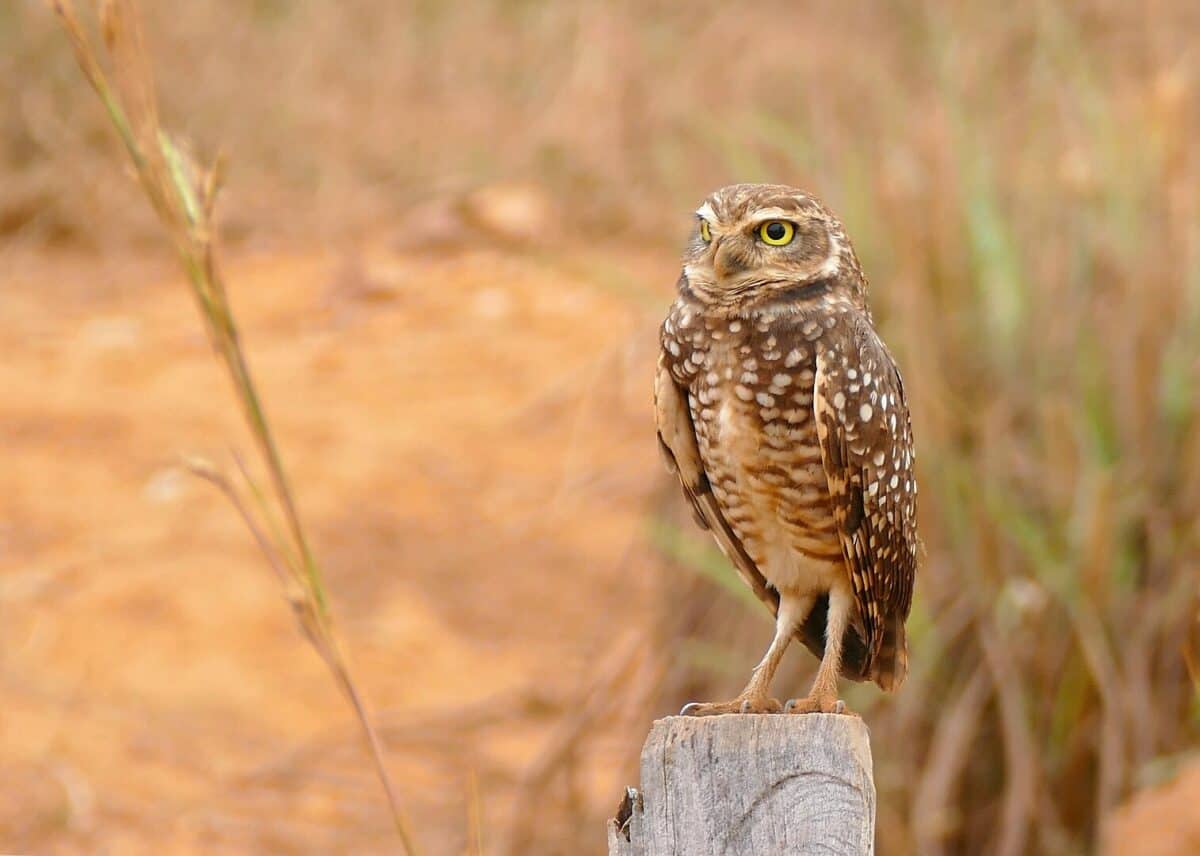
Burrowing owls contribute to ecosystem health by utilizing and modifying burrows created by other animals, which helps in soil aeration and provides habitats for various species. Their presence indicates a healthy, functioning ecosystem, showcasing the interconnectedness of species.
#12 Woodpecker (Family Picidae)
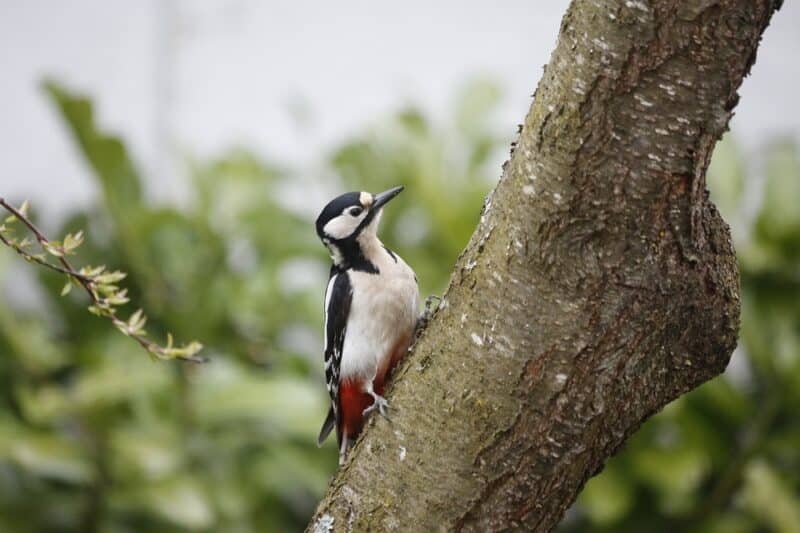
Woodpeckers are vital for forest ecosystems, creating nesting and roosting holes that are used by a variety of other birds and mammals. Their foraging for insects also helps control pest populations, contributing to the health of trees.
#13 Moose (Alces alces)
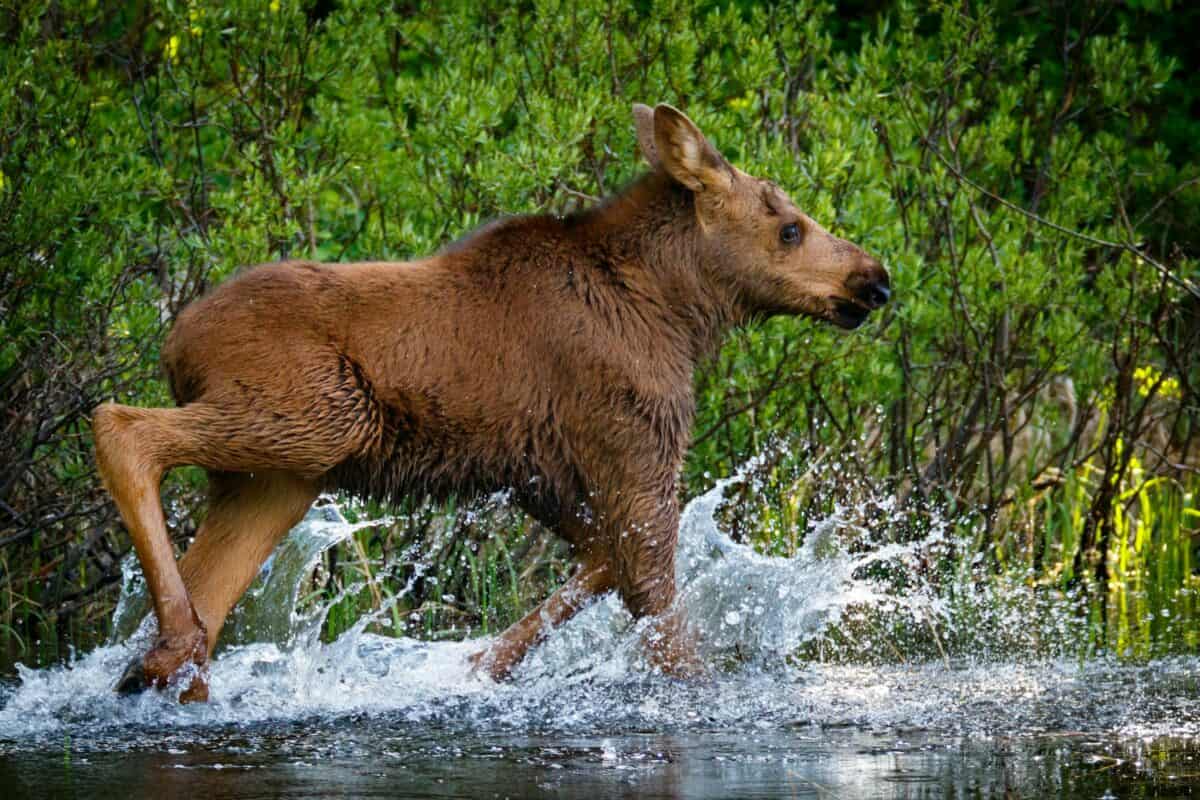
Moose affect the structure and composition of forest and aquatic ecosystems through their feeding habits, which can control the distribution of certain plant species. Their browsing on aquatic vegetation also influences the nutrient dynamics of aquatic systems.
#14 Yellow-bellied Marmot (Marmota flaviventris)
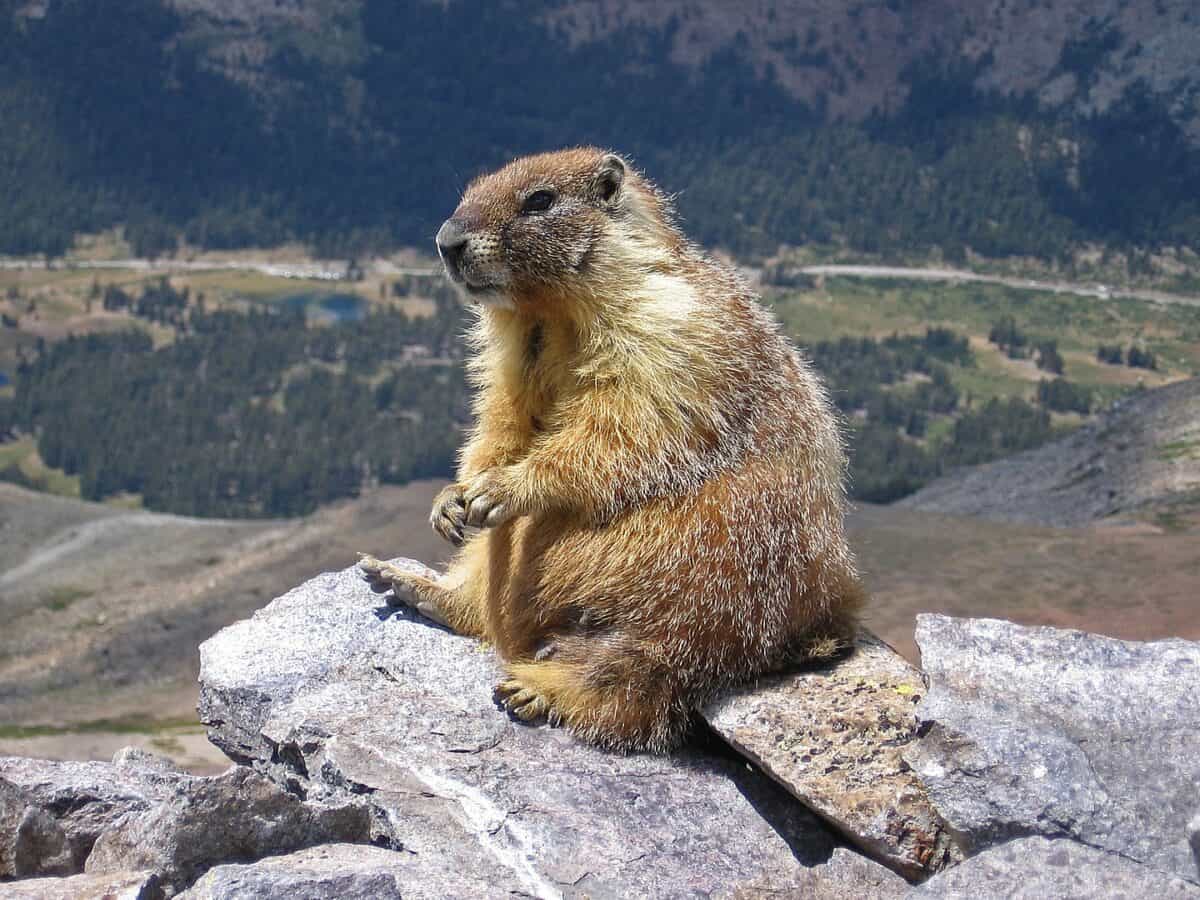
Yellow-bellied marmots play a significant role in mountainous ecosystems by burrowing, which aerates the soil and enhances water infiltration, benefiting plant life. Their activities also contribute to soil erosion control and nutrient distribution.
#15 Gray Wolf (Canis lupus)
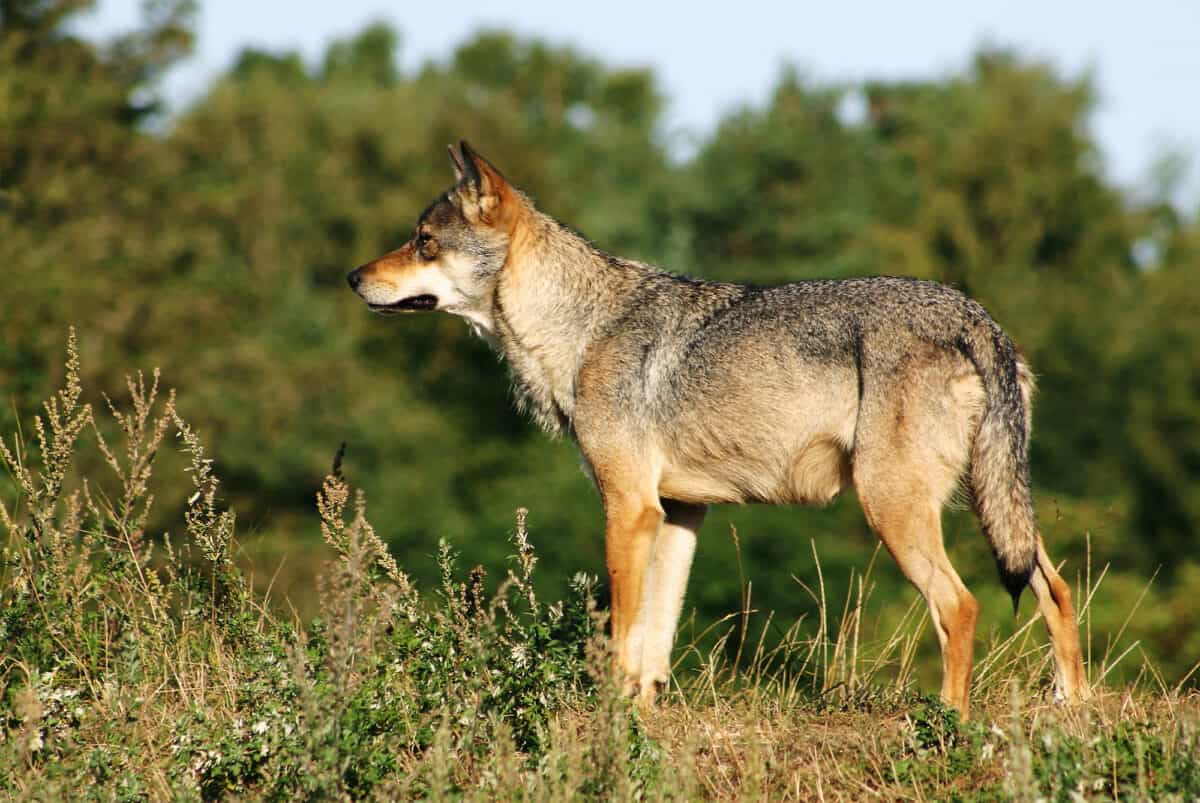
Gray wolves are key predators that help maintain healthy ecosystems by controlling the populations of large herbivores, preventing overgrazing and promoting forest regeneration. Their presence ensures a balanced food web, crucial for ecosystem diversity and stability.
#16 Salmon (Family Salmonidae)
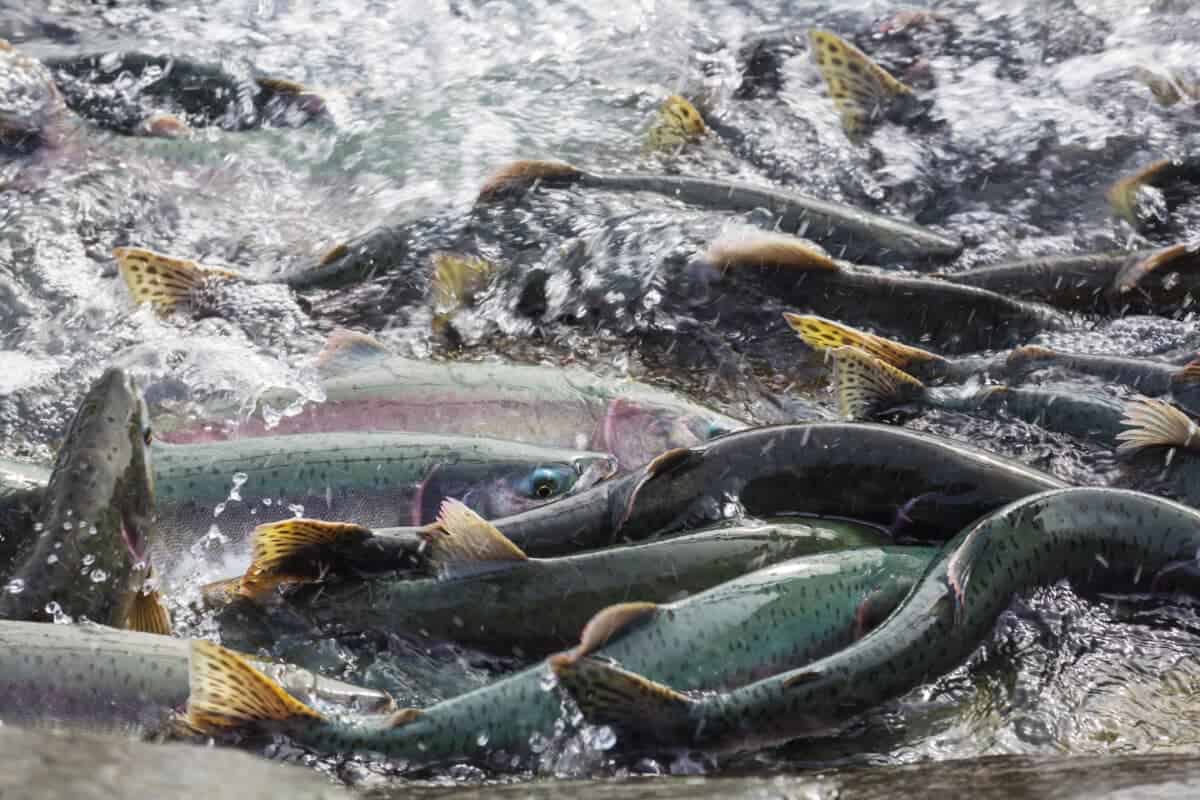
Salmon migrations are essential for nutrient cycling, as they bring nutrients from the ocean to freshwater ecosystems, supporting a wide range of terrestrial and aquatic life. This nutrient transfer is vital for the productivity of river ecosystems and the health of forests near spawning streams.
#17 California Condor (Gymnogyps californianus)
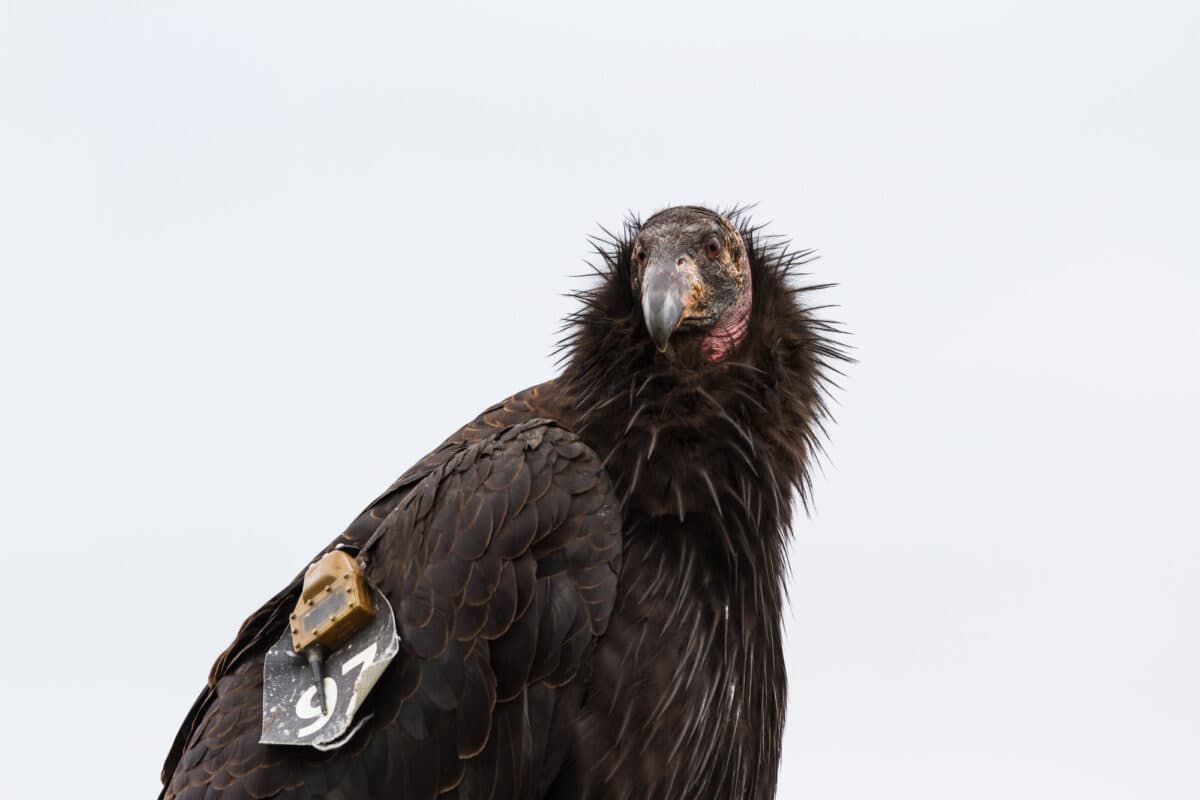
California Condors play a critical role in their ecosystems by scavenging on carcasses, which helps prevent the spread of disease and recycles nutrients back into the environment. Their survival is crucial for maintaining the balance of ecosystems they inhabit.
#18 Black-tailed Prairie Dog (Cynomys ludovicianus)
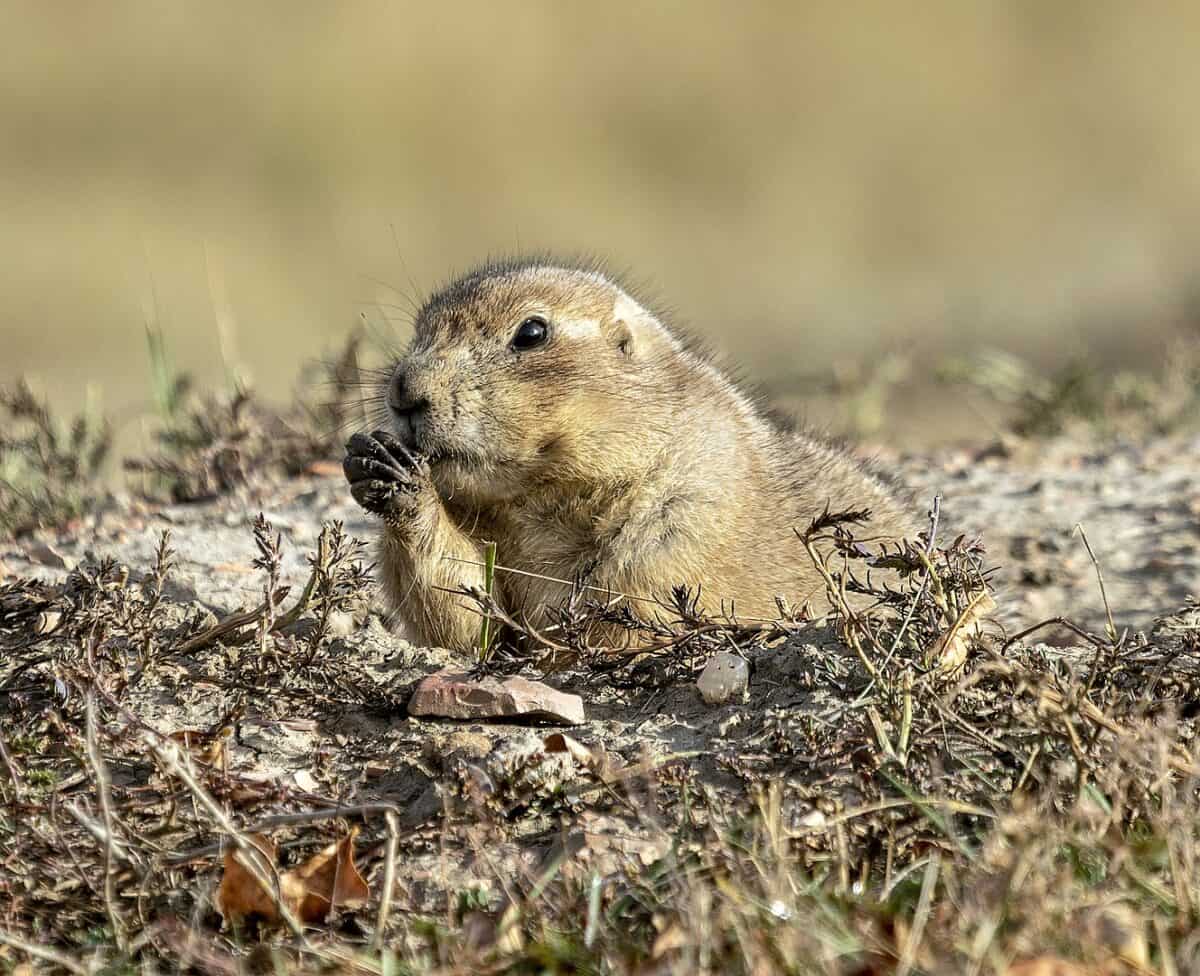
Black-tailed prairie dogs significantly influence grassland ecosystems by their burrowing and vegetation clipping, which promotes plant diversity and provides habitats for numerous species. Their social colonies are vital for the survival of several other grassland species.
#19 American Crow (Corvus brachyrhynchos)
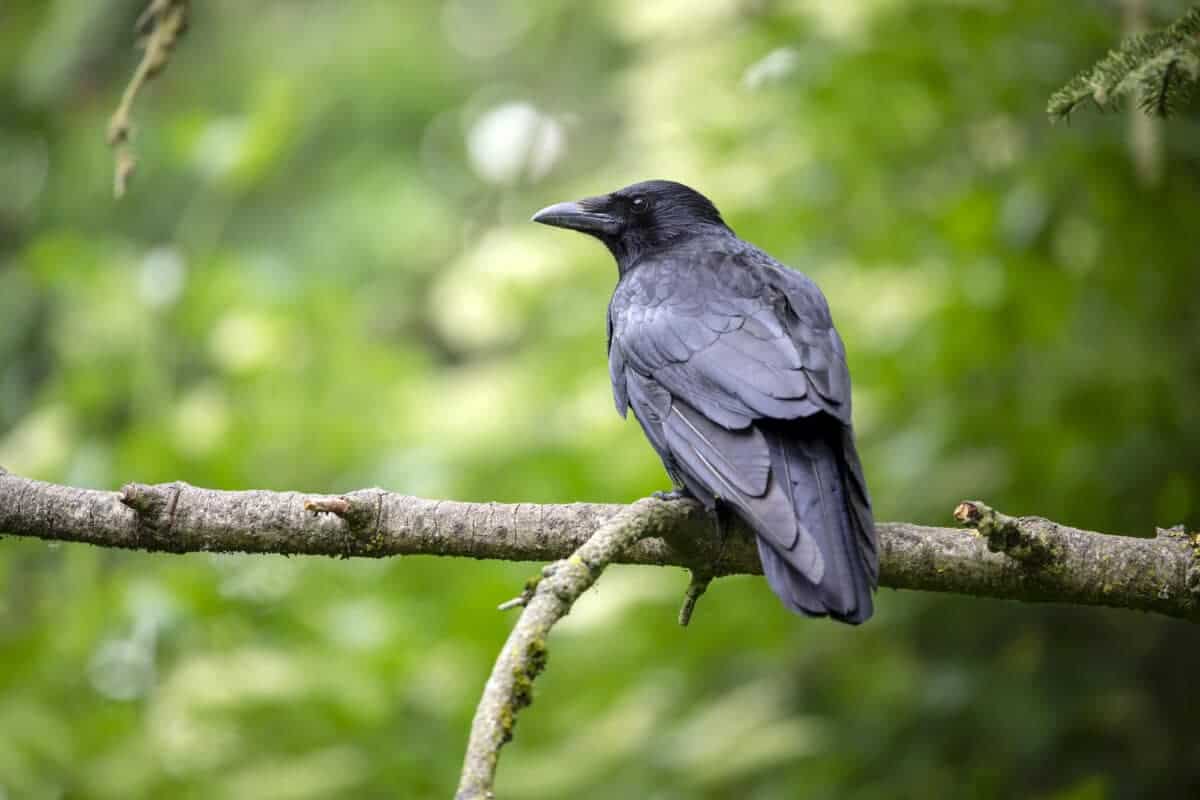
American crows affect their ecosystems through their varied diet and behavior, such as seed dispersal and scavenging, which helps in nutrient cycling. Their intelligence allows them to interact with their environments in complex ways, influencing the populations of other species.
#20 Raccoon (Procyon lotor)
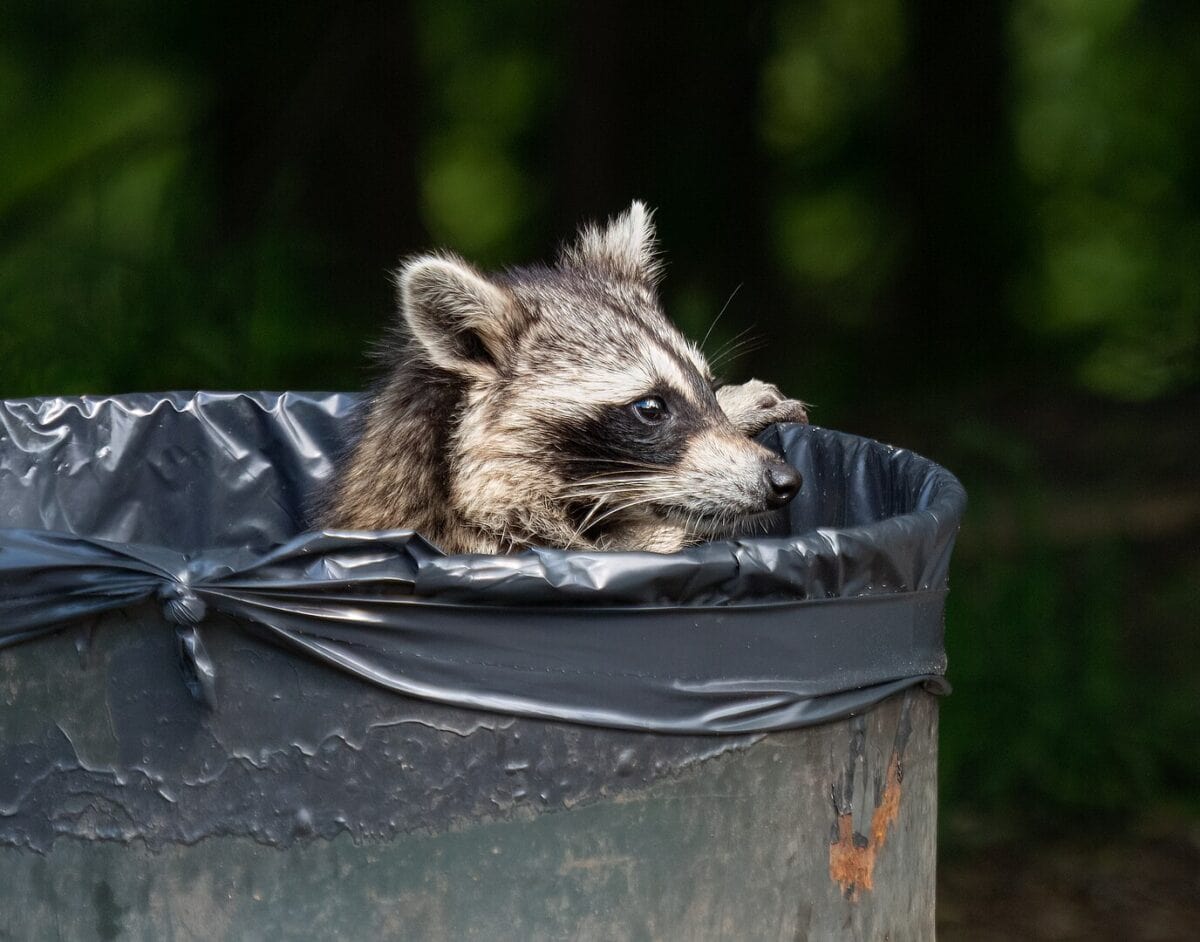
Raccoons impact their environments by their foraging habits, which can influence the distribution and abundance of prey species and affect plant dispersal. Their adaptability to urban environments also shows the interactions between wildlife and human-modified landscapes.
#21 Wild Turkey (Meleagris gallopavo)
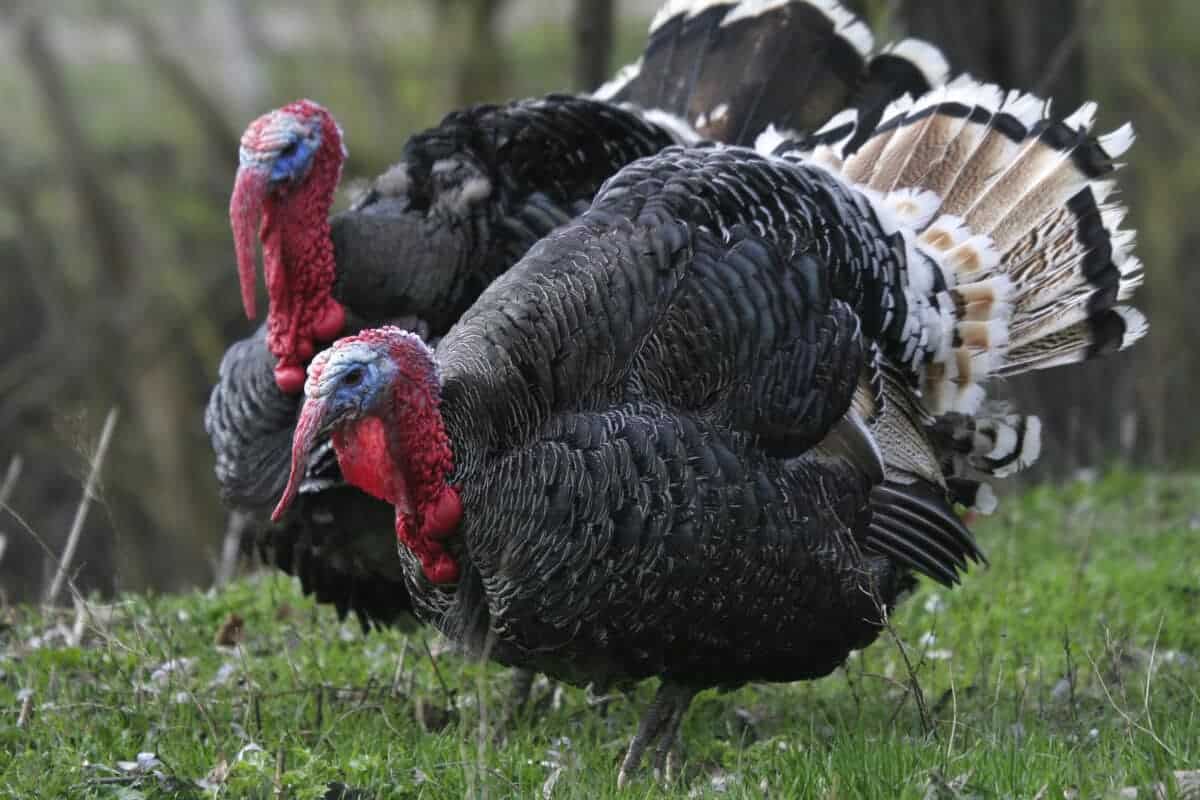
Wild turkeys influence forest and field ecosystems through their foraging for seeds, nuts, and insects, which aids in seed dispersal and controls insect populations. Their nesting and roosting habits also impact the vegetation structure.
#22 North American Porcupine (Erethizon dorsatum)
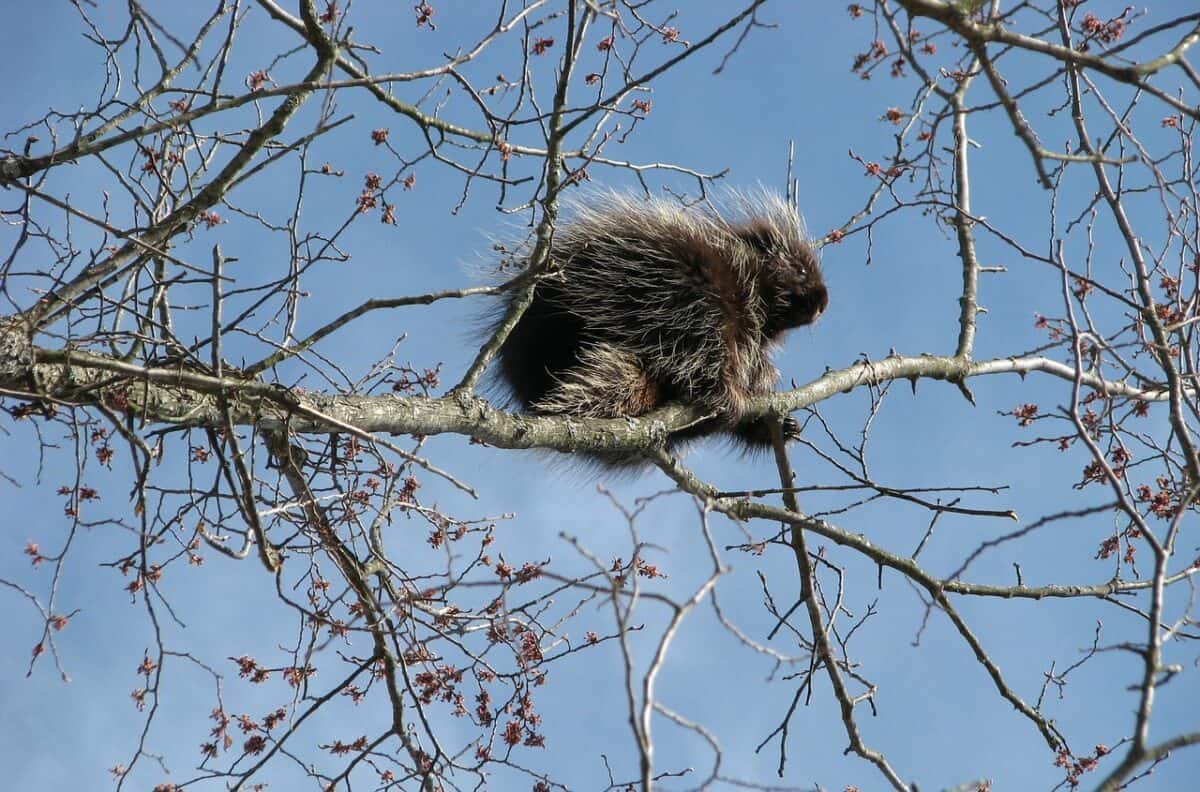
North American porcupines impact forest ecosystems by feeding on tree bark, leaves, and stems, which can influence tree health and forest composition. Their quills provide a unique defense mechanism against predators, contributing to their survival and role in their habitats.
#23 American Pika (Ochotona princess)
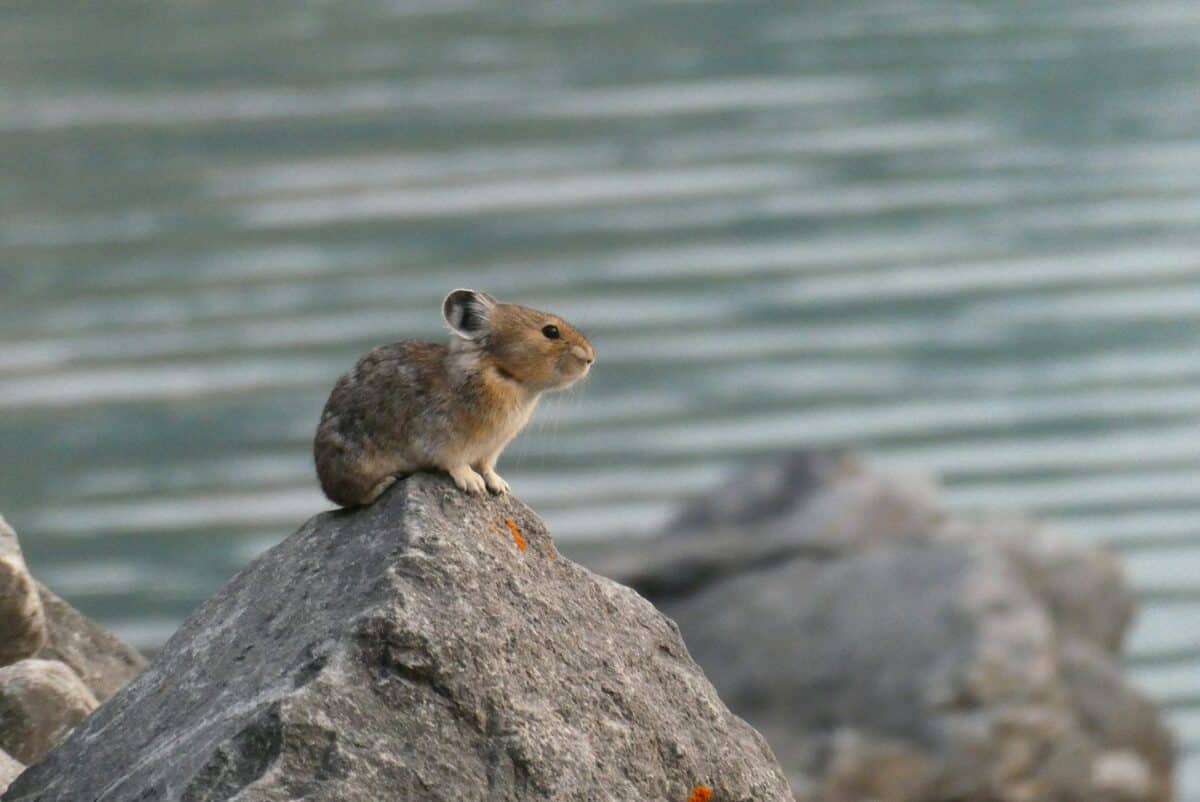
American Pikas influence alpine and subalpine ecosystems by collecting and storing plant material for winter, affecting plant distribution and contributing to soil nutrient cycling. Their presence indicates the health of their mountainous habitats, sensitive to climate change.
#24 Red Squirrel (Tamiasciurus hudsonicus)
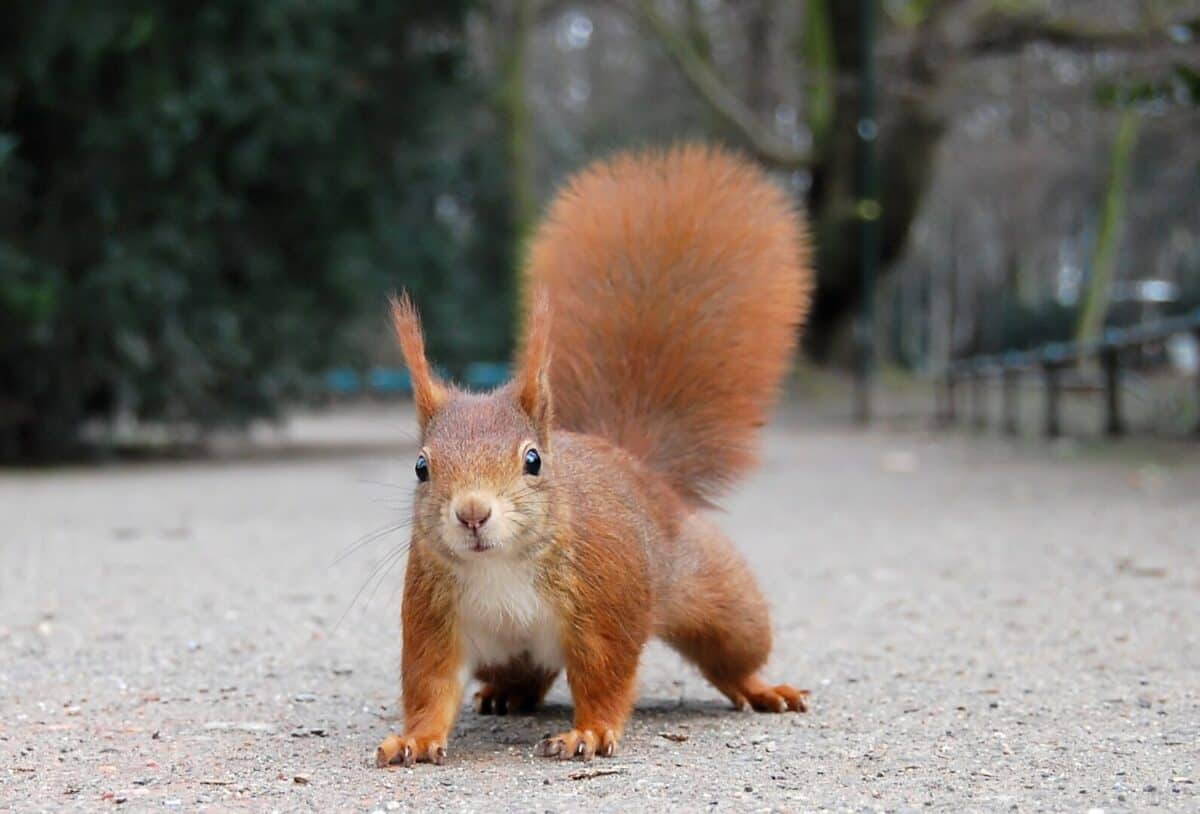
Red Squirrels affect coniferous forest ecosystems by caching seeds, which can lead to new tree growth. Their activities also influence the population dynamics of other seed-dependent species.
#25 Nutria (Myocastor coypus)
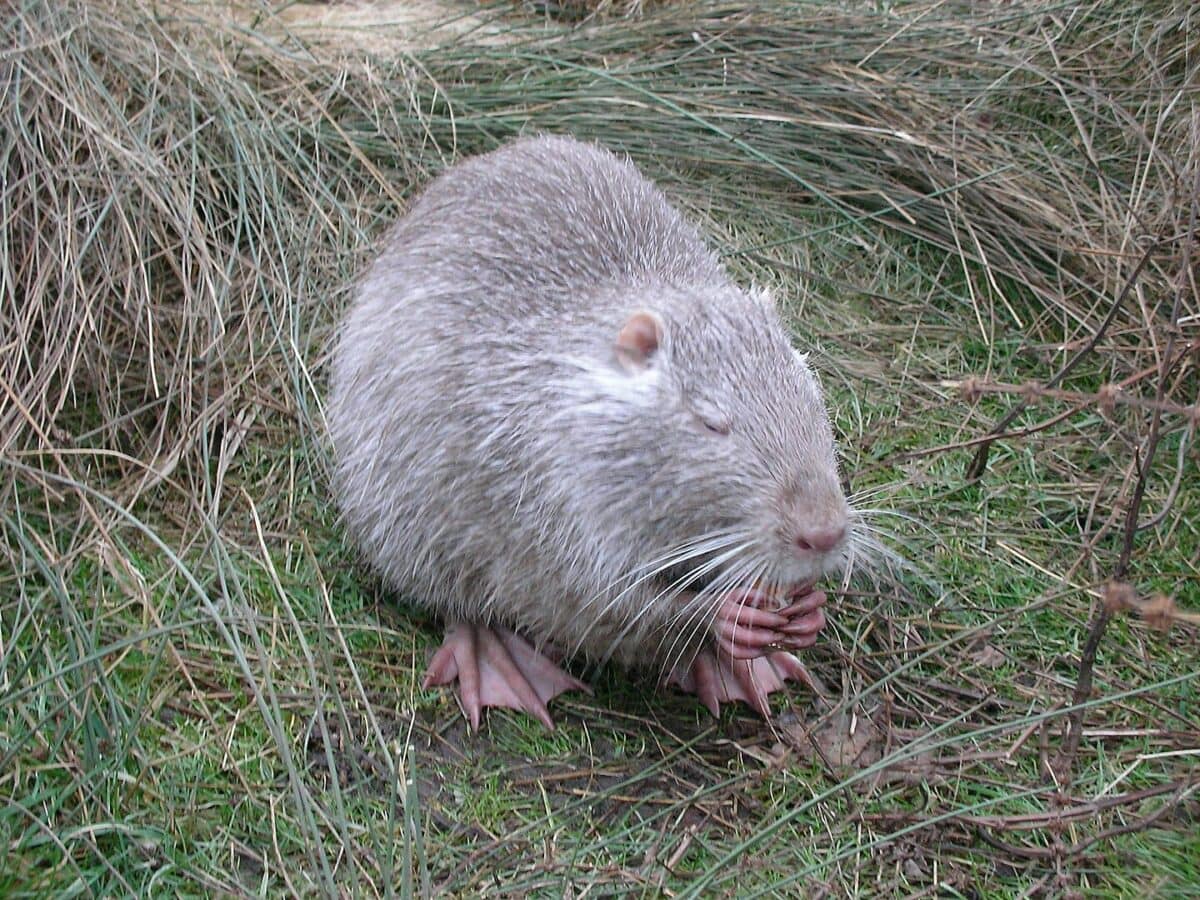
Nutria alter wetland ecosystems through their feeding and burrowing habits, which can lead to erosion and negatively impact vegetation and water quality. Their presence in North American wetlands is considered invasive, posing challenges to native species and habitats.
#26 Muskrat (Ondatra zibethicus)
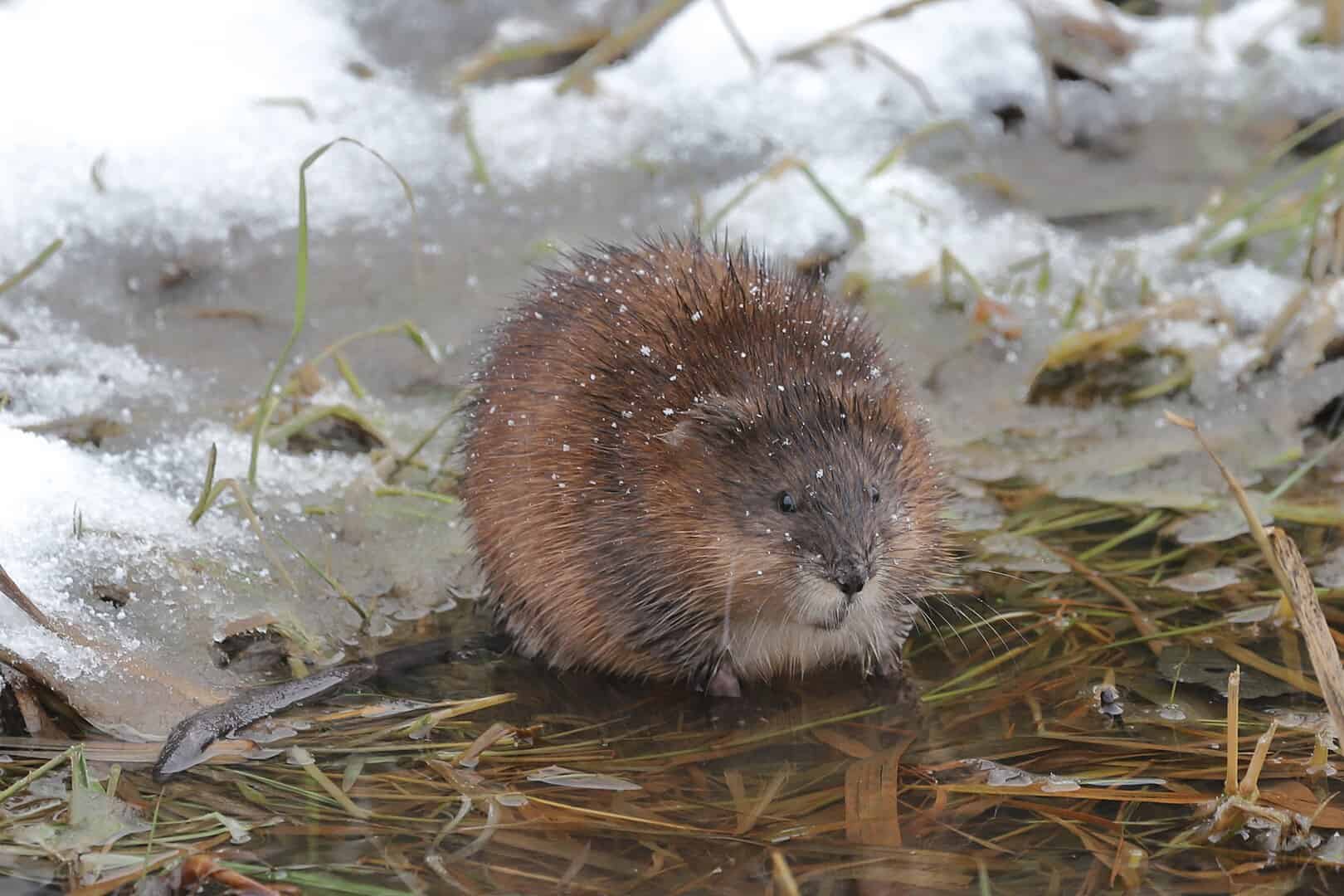
Muskrats contribute to the dynamics of wetland ecosystems by constructing lodges and channels, which can alter water flow and vegetation patterns. These structures provide habitats for other species, showcasing the muskrat’s role in ecosystem engineering.
#27 Snowshoe Hare (Lepus americanus)
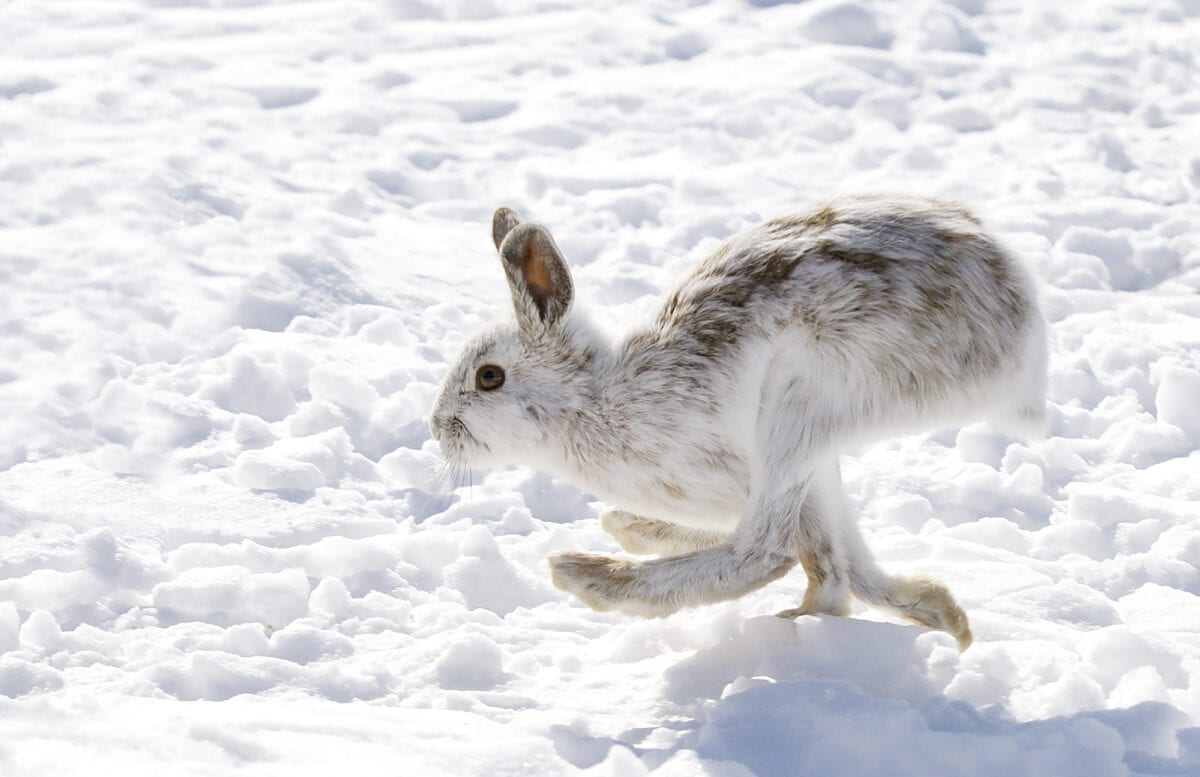
Snowshoe Hares influence forest regeneration and vegetation dynamics through their feeding on young trees and shrubs. Their population cycles also affect the population dynamics of their predators, playing a key role in the boreal forest ecosystem.
#28 Canada Goose (Branta canadensis)
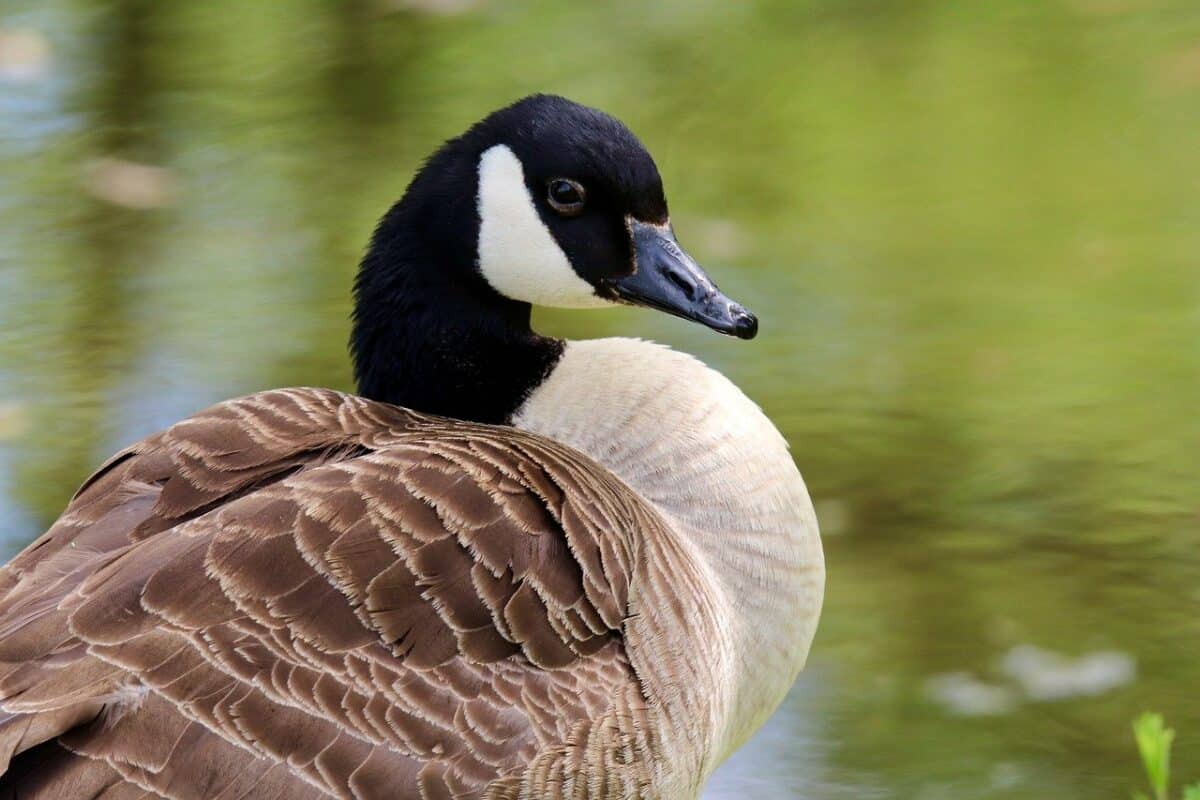
Canada Geese impact aquatic and terrestrial ecosystems through their grazing, which can influence plant growth and nutrient cycling. Their droppings add nutrients to the environment but can also contribute to eutrophication in water bodies.
#29 American Eel (Anguilla rostrata)
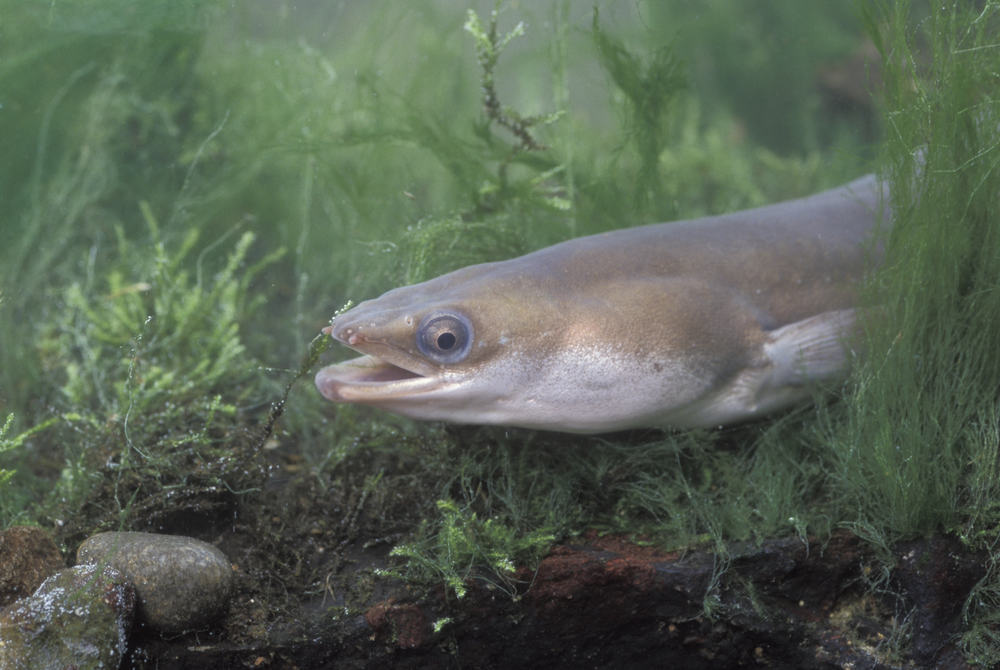
American Eels contribute to the ecological connectivity between marine and freshwater ecosystems through their migration, transporting nutrients upstream. Their decline highlights the importance of maintaining healthy waterways for migratory species.
#30 Groundhog (Marmota monax)
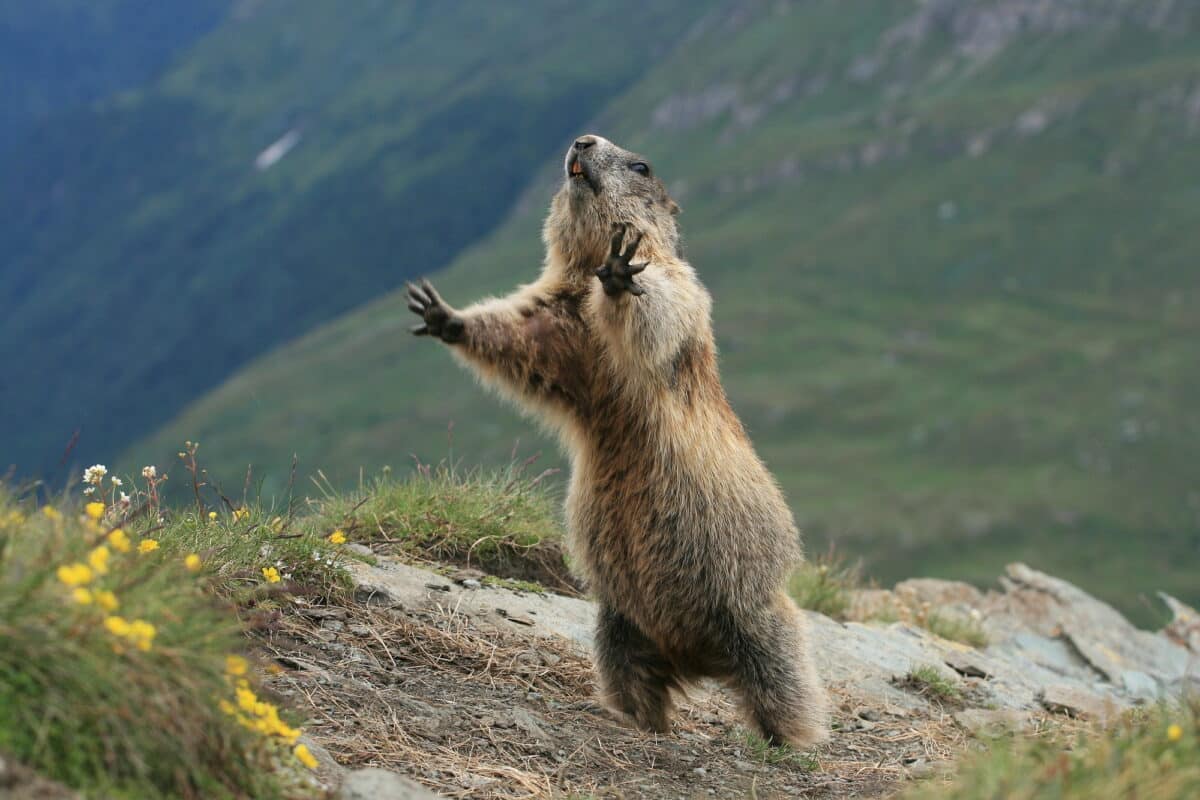
Groundhogs, or woodchucks, impact meadow and forest ecosystems through their burrowing, which aerates the soil and influences plant growth. Their hibernation and foraging habits also play roles in nutrient cycling and vegetation dynamics.
#31 Coyote (Canis latrans)
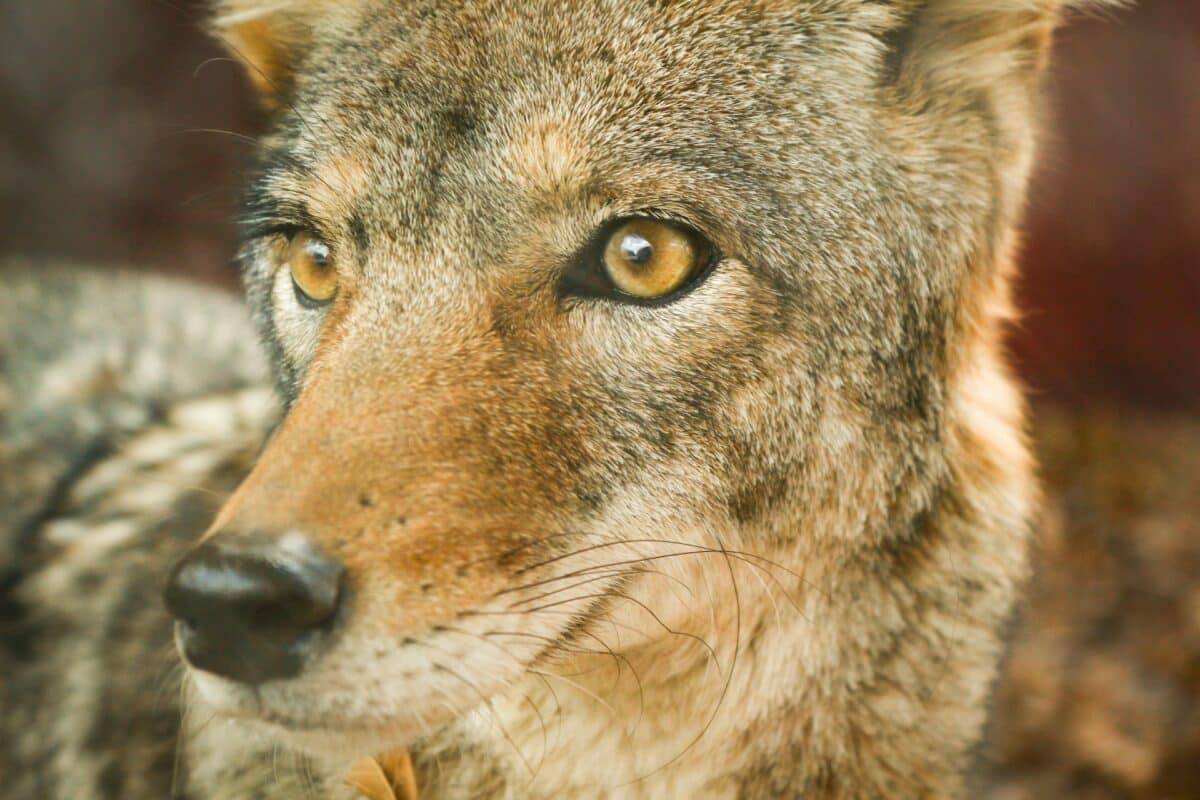
Coyotes play a crucial role in maintaining ecological balance by controlling rodent and small mammal populations, which can influence vegetation and prey dynamics. Their adaptability to diverse habitats, including urban areas, showcases their importance in ecosystem management.
#32 American Badger (Taxidea taxus)
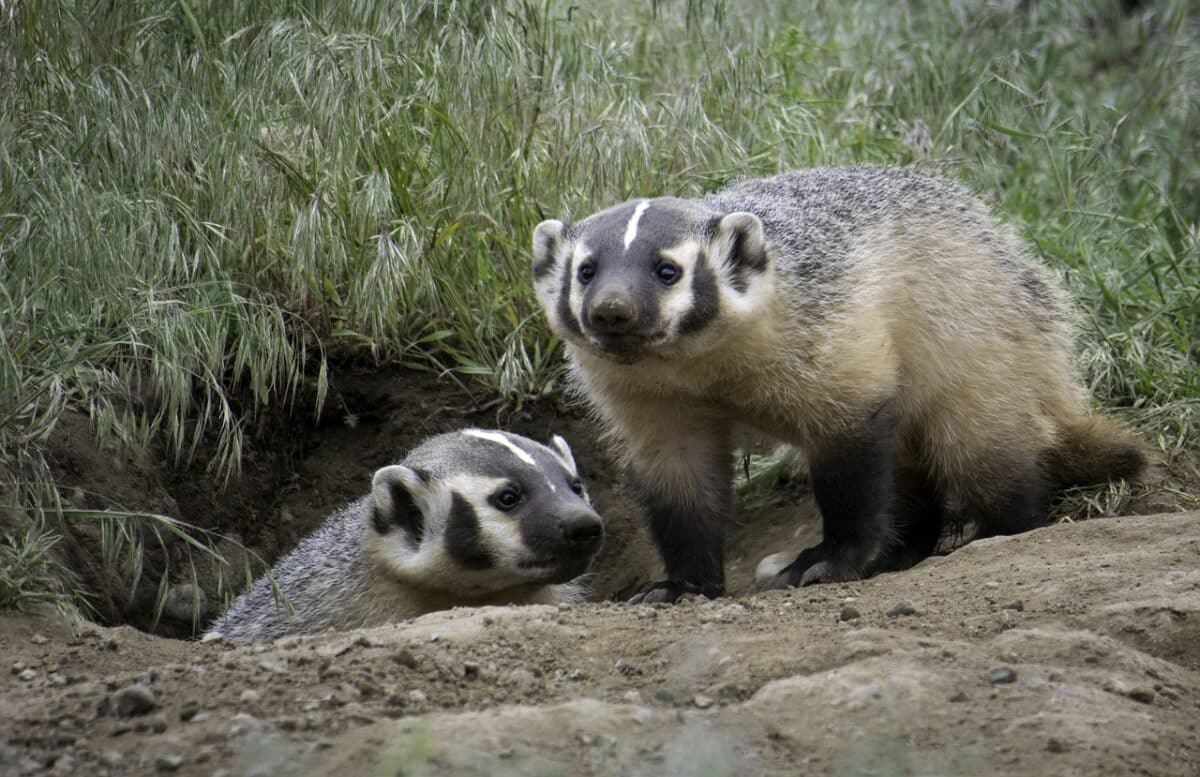
American Badgers influence grassland ecosystems through their digging for prey, which aerates the soil and helps control rodent populations. Their solitary nature and burrowing habits contribute to the structural diversity of their habitats.
#33 Bald Eagle (Haliaeetus leucocephalus)
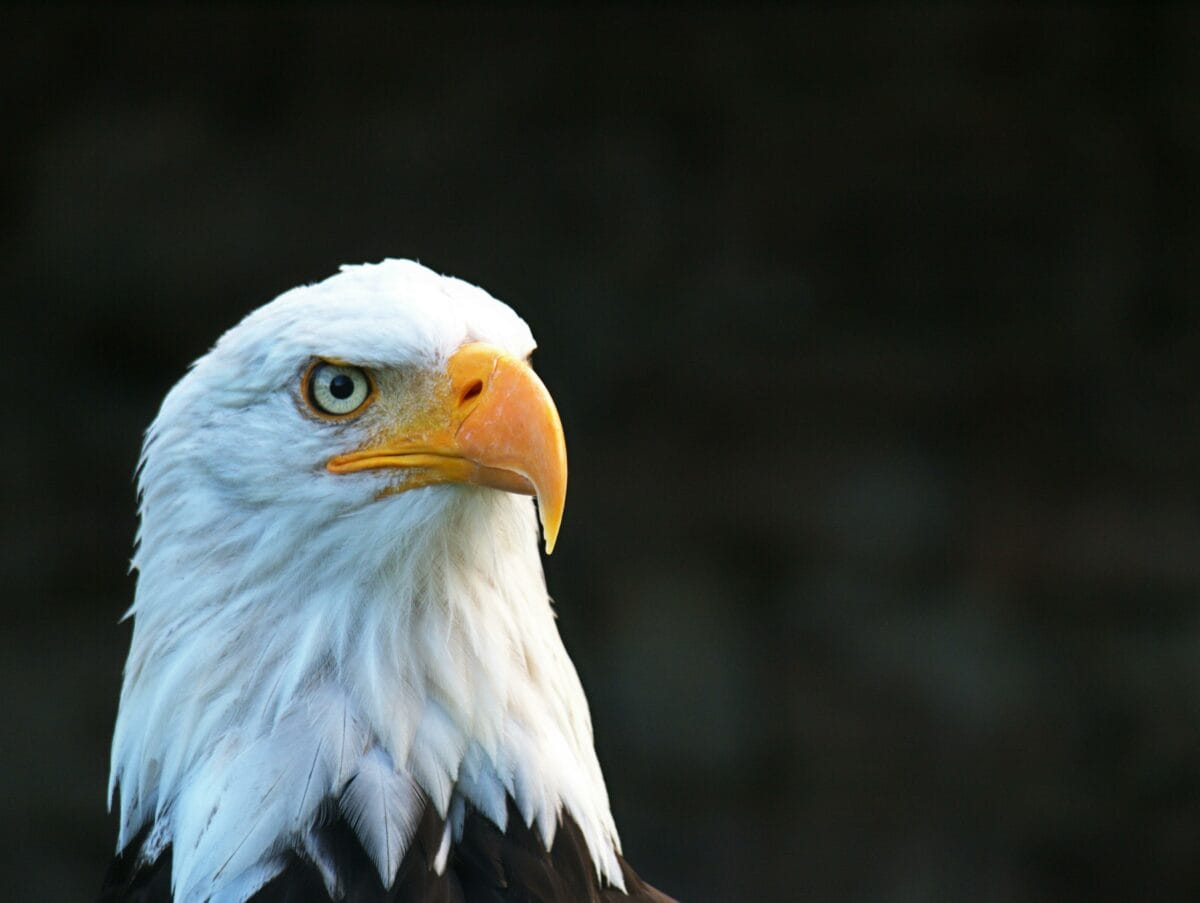
Bald Eagles, as top predators, play a vital role in aquatic ecosystems by preying on fish, which influences fish populations and the distribution of aquatic species. Their recovery from near extinction is a conservation success story, highlighting the importance of preserving apex predators.
#34 Eastern Chipmunk (Tamias striatus)
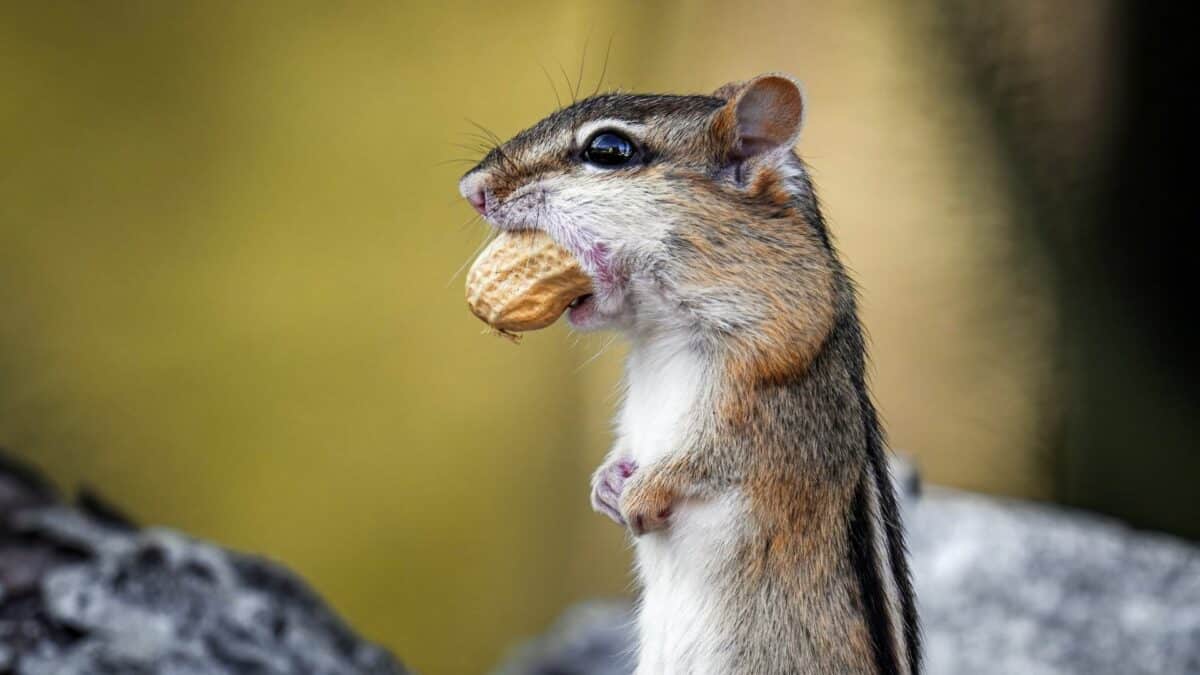
Eastern Chipmunks contribute to forest and woodland ecosystems by dispersing seeds and nuts, which can lead to new plant growth. Their burrowing activities also aerate the soil, influencing soil health and plant diversity.
#35 Spotted Skunk (Spilogale putorius)
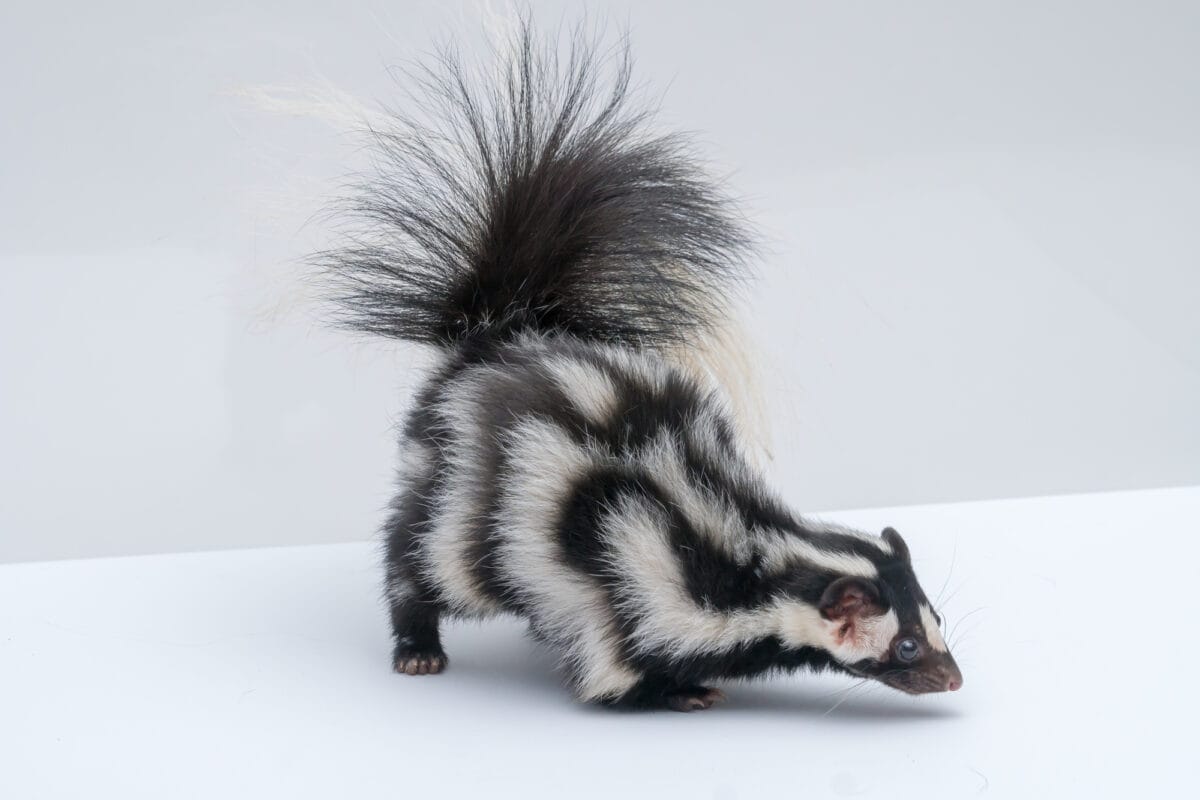
Spotted Skunks affect their ecosystems by controlling insect and rodent populations through predation. Their presence in diverse habitats, from forests to grasslands, underscores their role in maintaining ecological balance.
#36 Bobcat (Lynx rufus)
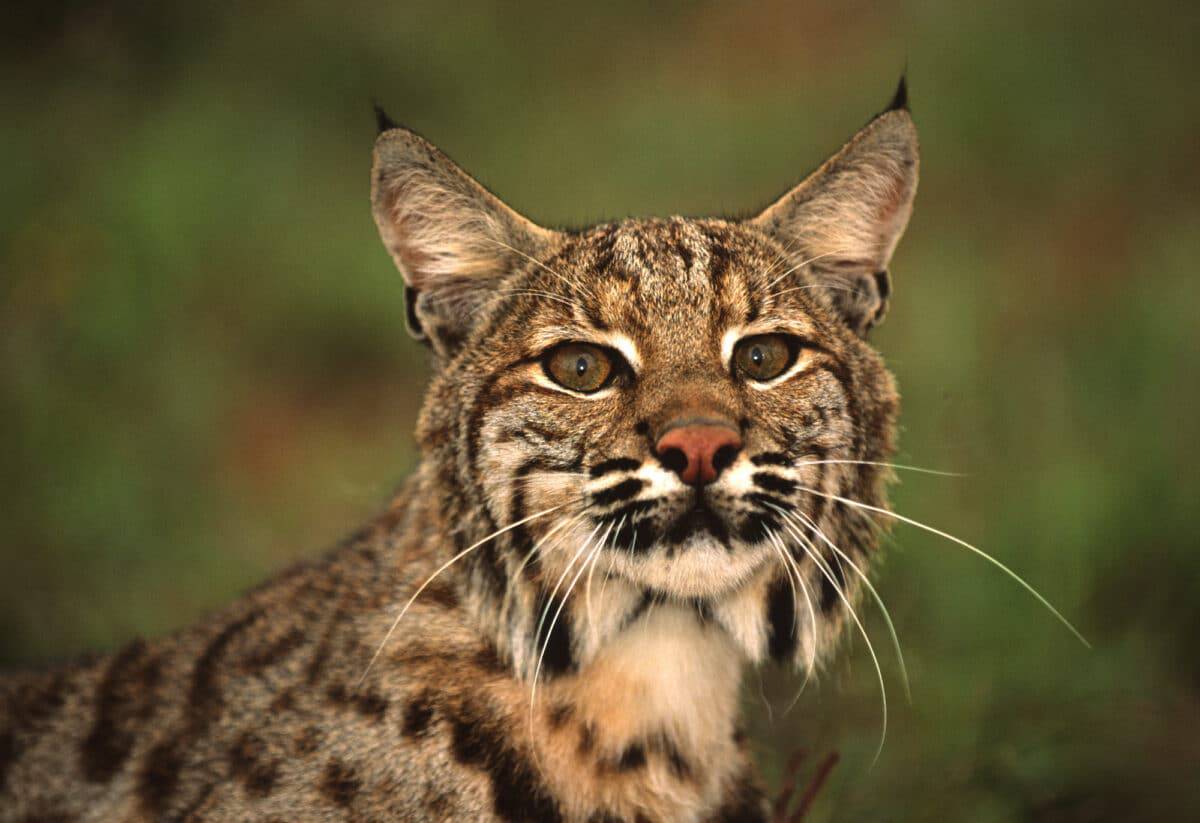
Bobcats play a significant role in controlling the populations of rodents and other small animals, contributing to the balance of forest and grassland ecosystems. Their solitary and territorial nature affects the spatial distribution of prey and predator species.
#37 American Black Bear (Ursus americanus)
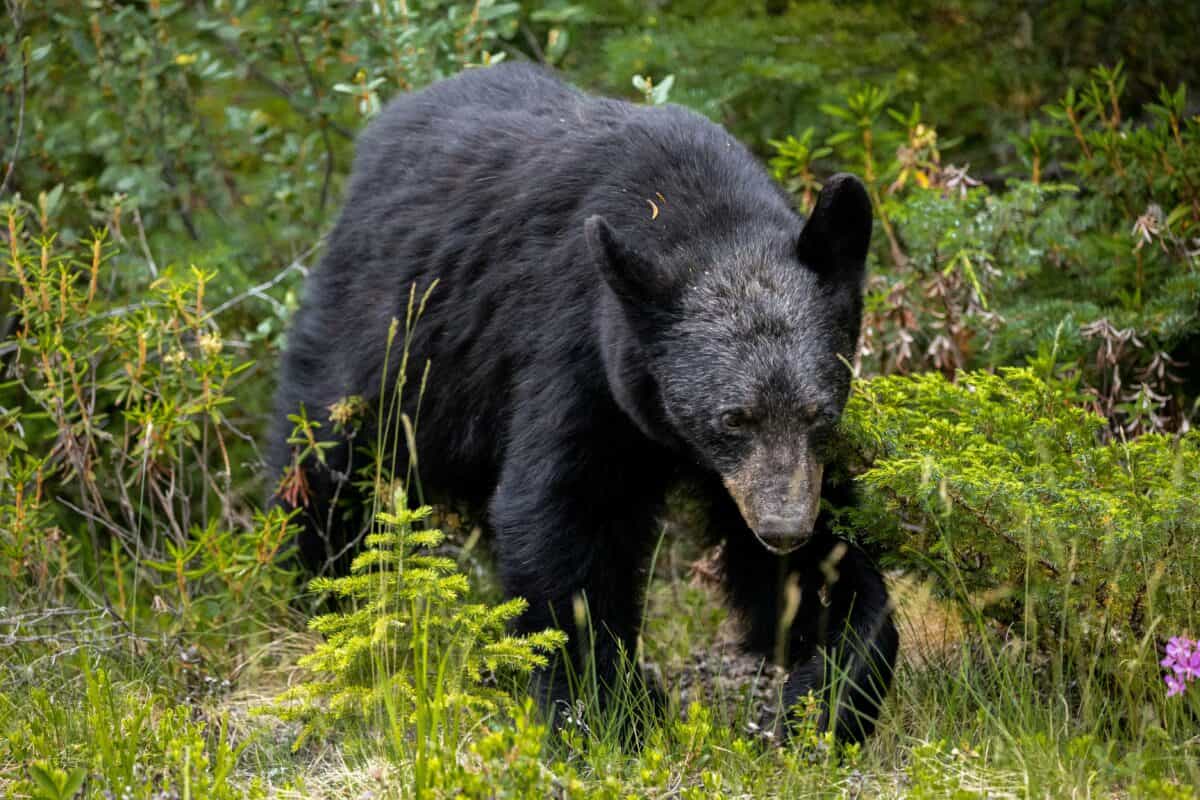
American Black Bears impact forest ecosystems through their foraging habits, which include spreading seeds and affecting the population dynamics of their prey. Their ability to adapt to different food sources plays a role in the biodiversity of their habitats.
#38 Western Diamondback Rattlesnake (Crotalus atrox)
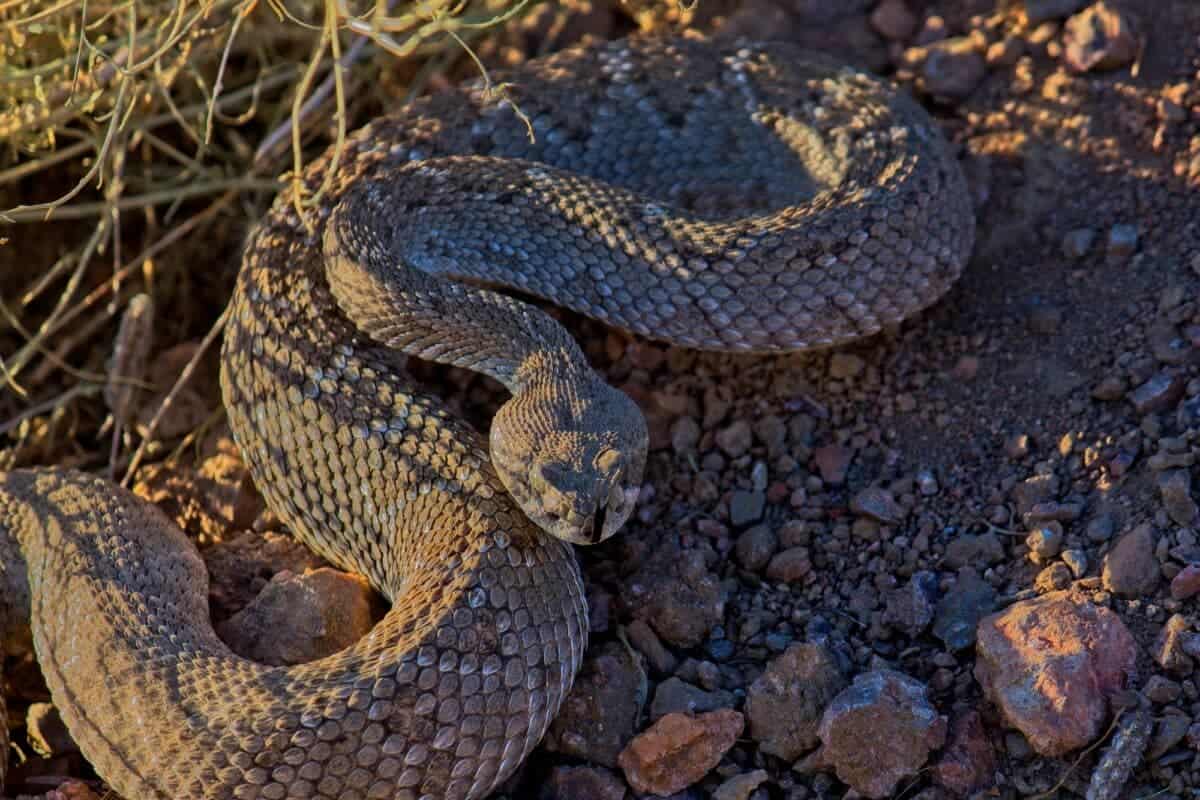
Western Diamondback Rattlesnakes contribute to desert and grassland ecosystems by controlling rodent populations, which influences the distribution of plant species and the health of the ecosystem. Their venomous bite also affects the behavior of other species, contributing to the balance of predator-prey dynamics.
#39 Desert Tortoise (Gopherus agassizii)
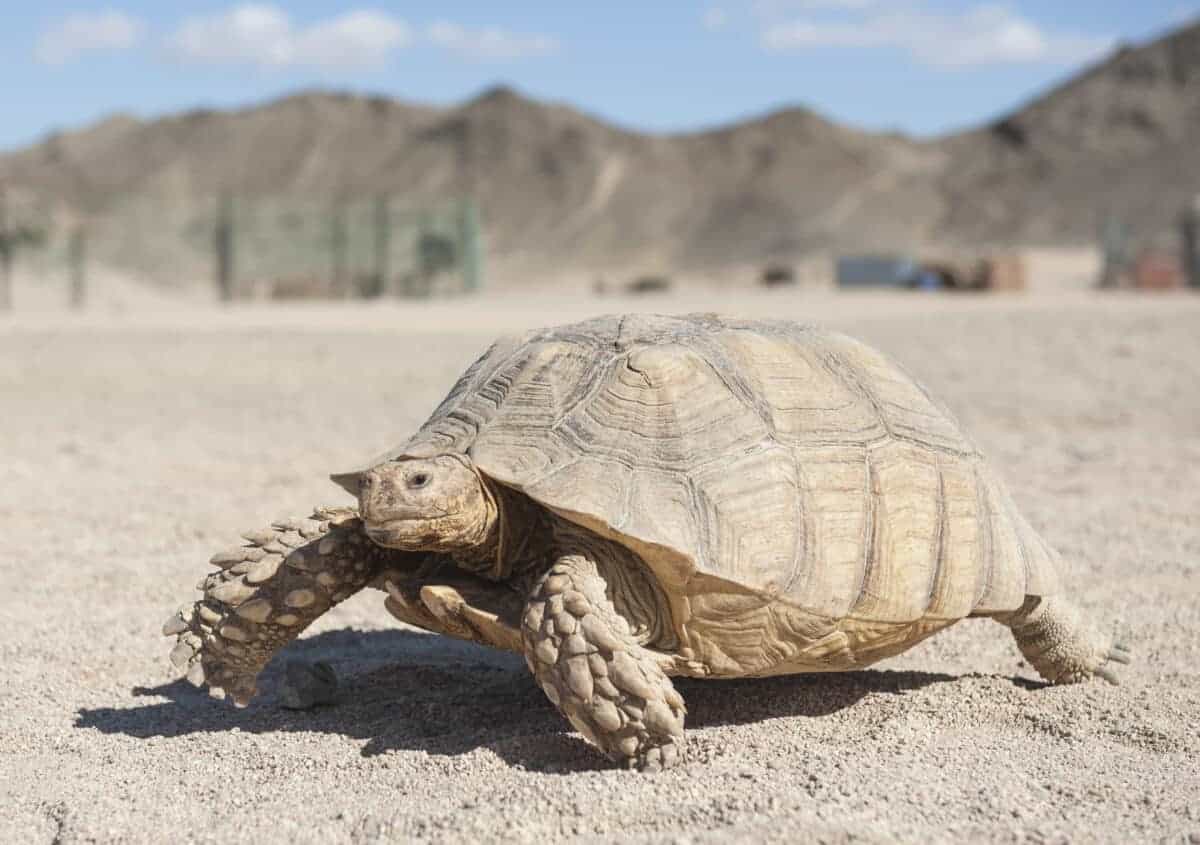
Desert Tortoises impact desert ecosystems through their foraging on a variety of plants, which helps disperse seeds and shape vegetation patterns. Their burrows provide shelter for themselves and other species, highlighting their role as ecosystem engineers in arid environments.
#40 Monarch Butterfly (Danaus plexippus)
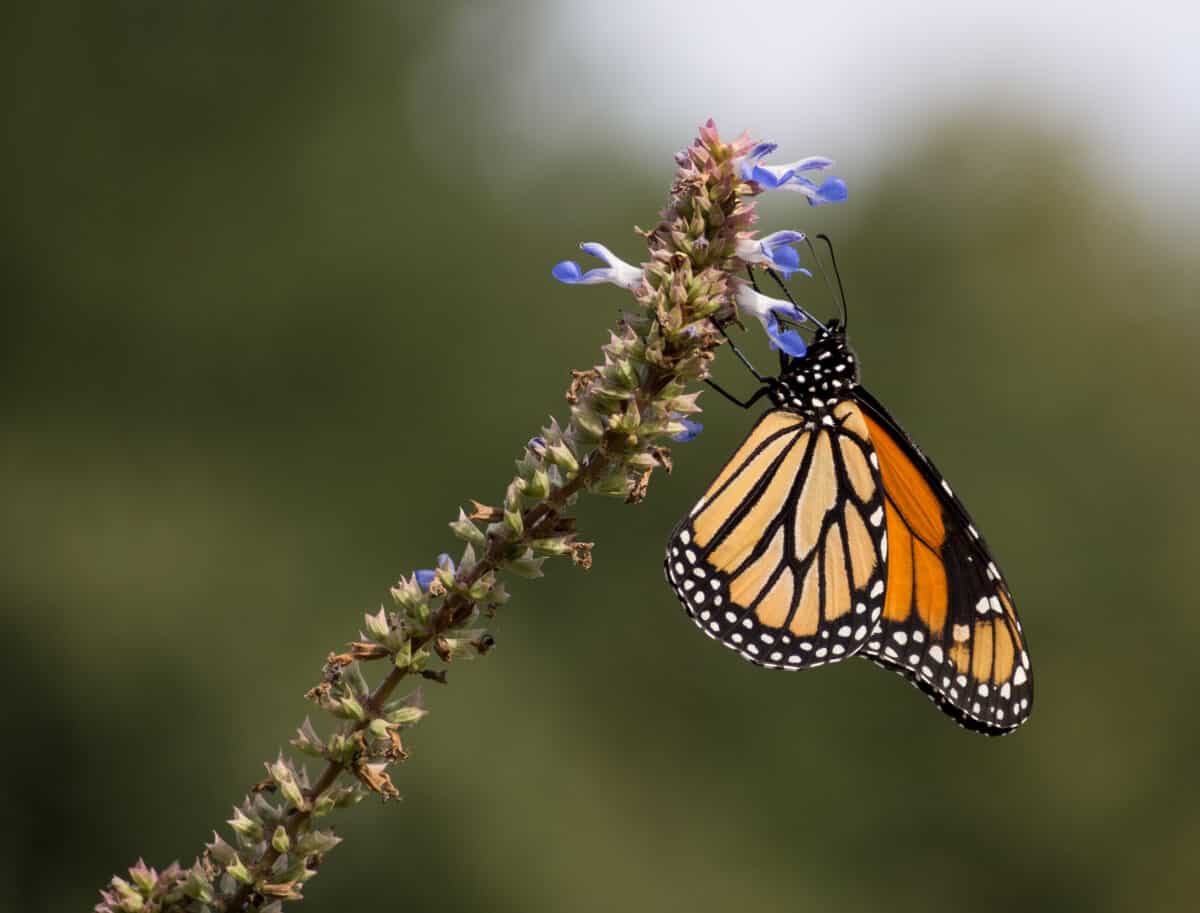
Monarch Butterflies are crucial for pollination across North America. Their migration across continents contributes to the health and reproduction of many plant species, while their specific reliance on milkweed plants for breeding also helps spread these important flora.
#41 Banana Slug (Ariolimax columbianus)
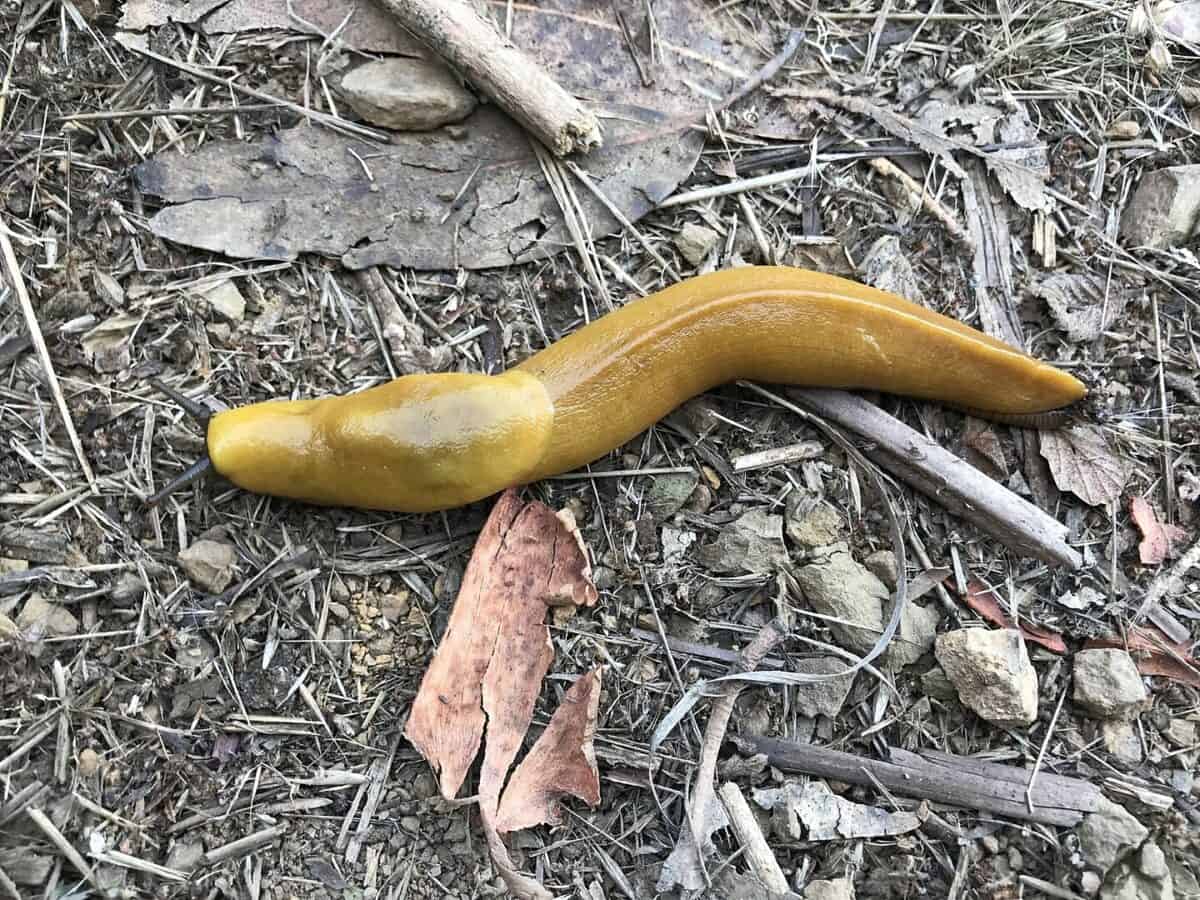
Banana Slugs play a significant role in the decomposition process of forests in the Pacific Northwest, recycling nutrients and aiding in soil formation. Their feeding habits also help control the population of certain plants and fungi.
#42 Bighorn Sheep (Ovis canadensis)
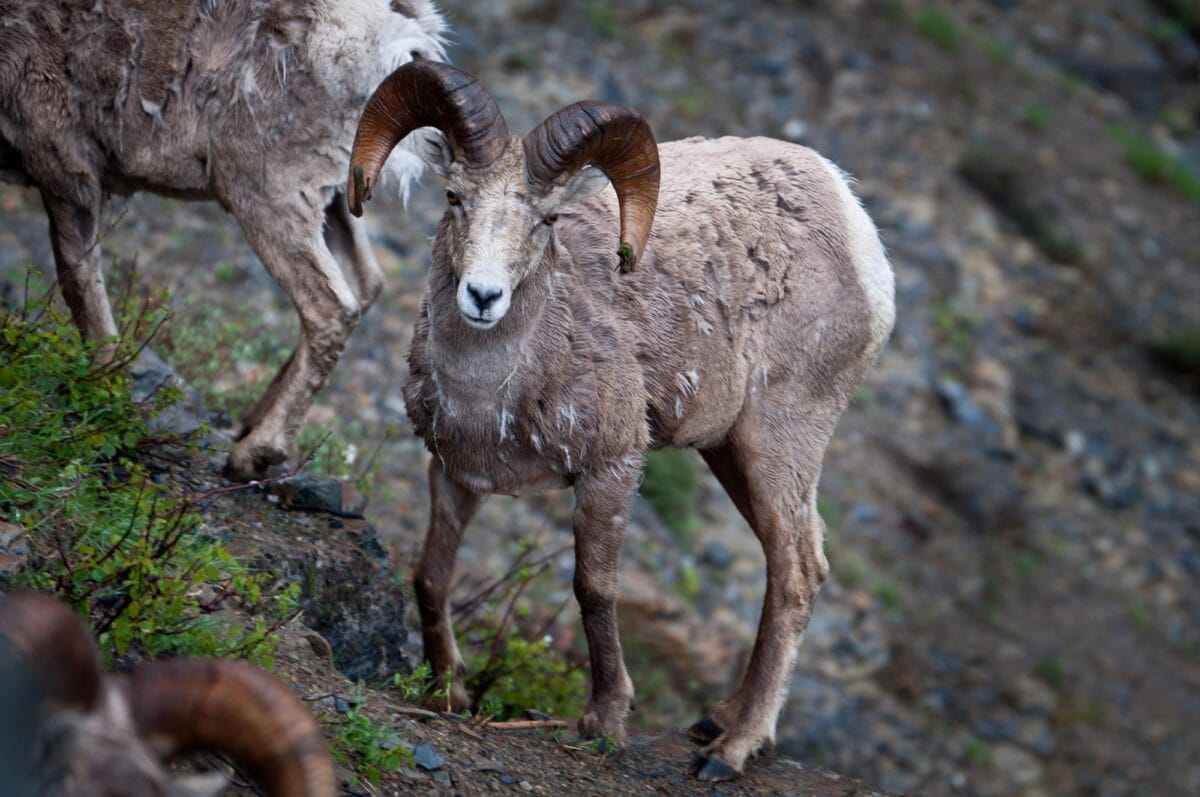
Bighorn Sheep influence the structure of mountain and desert ecosystems through their grazing habits, which can shape plant community compositions. Their movements across rugged terrains help disperse plant seeds, contributing to ecological diversity.
#42 Snowy Egret (Egretta thula)
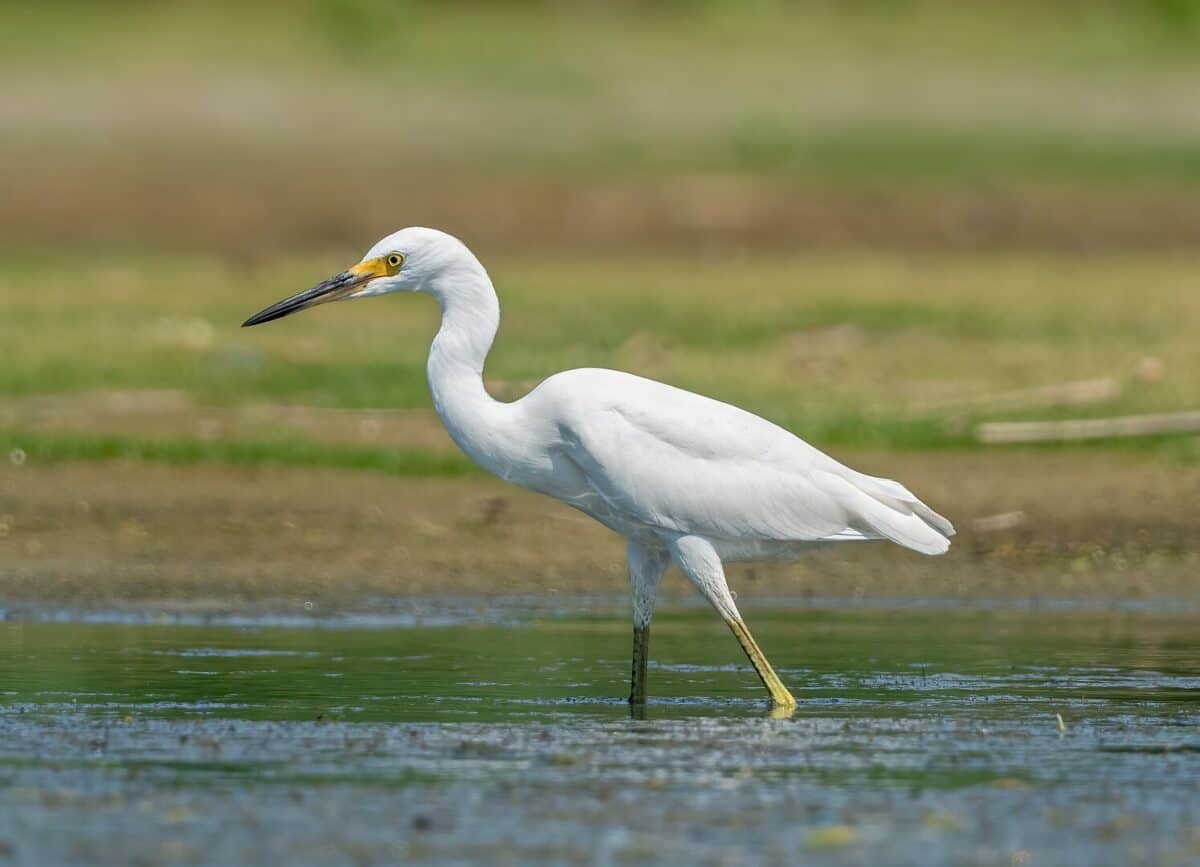
Snowy Egrets influence aquatic food webs through their predation on fish and aquatic invertebrates. Their foraging behavior can also disturb the sediment, which helps aerate water and circulate nutrients
Ecosystem Engineers in North America: Conclusion
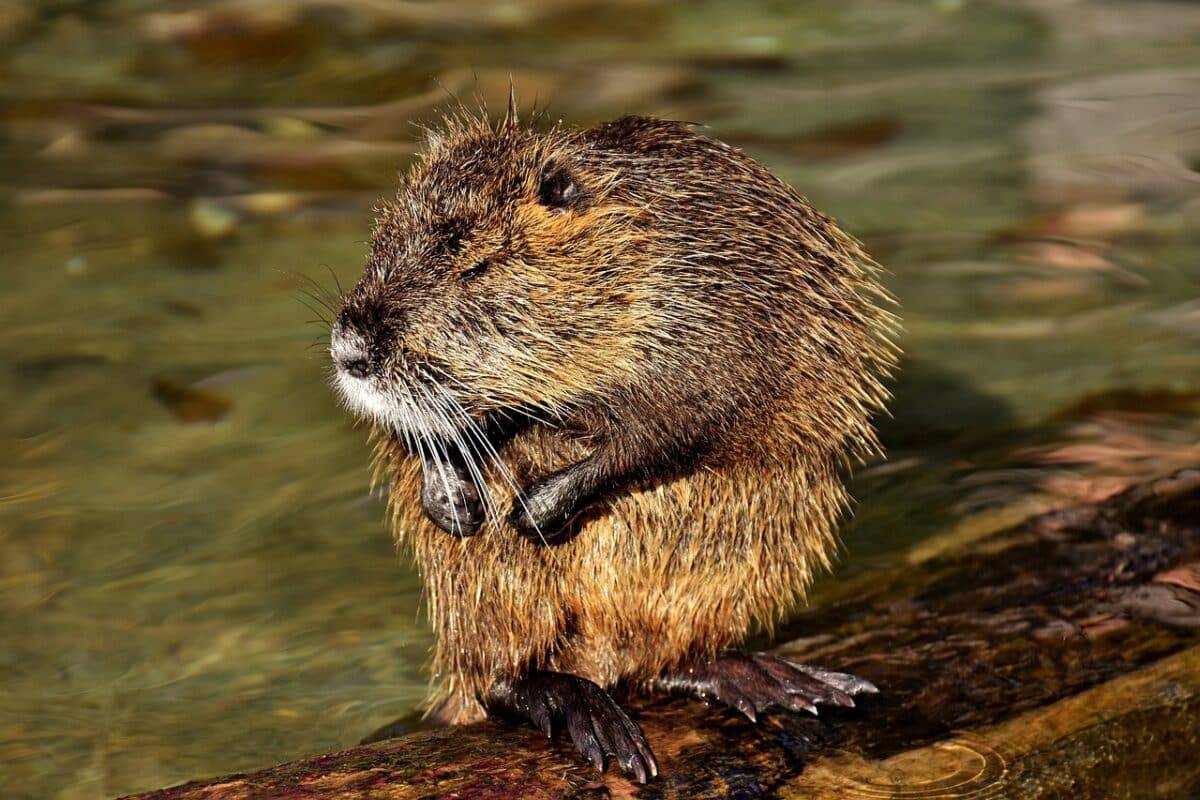
To conclude, it’s pretty breathtaking when you think of how extremely different each and everyone of these species are. But by being featured on this list we know that they have at least one thing in common – they’re all ecosystem engineers of the North America and its landscape.
What could be a more beautiful, yet simple, reminder that every little creature on our planet works together so that nature stays on its righteous course.
Thank you for reading this list of North America’s ecosystem engineers! If you’re in the mood for more, take a look here:
- 25 Places To See Bears In North America
- Top 21 Scariest Animals Of North America
- 21 Most Endangered Animals In North America
- Nocturnal Animals of America
Join our Forum for free today!


